Diving in Komodo Island

UNESCO magic above and below the surface.
Komodo Island is more than a dive spot, it’s a UNESCO World Heritage Site where ancient dragons roam above some of Asia’s healthiest reefs. With 70+ dive sites, it offers drift dives through volcanic channels, 85% coral cover, and up to 8 hours of daylight diving. Whether by liveaboard or day trip, Komodo delivers rare wildlife, crystal-clear visibility, and unforgettable underwater adventures in every season.
Types of diving in Komodo Island
- Drift Diving
- Reef Diving
- Ocean Diving
- Wall Diving
Diverse conditions and wildlife for every skill level
Komodo’s dive sites offer both calm coral gardens and thrilling current dives. With over 1,000 species, you’ll see everything from blue-ringed octopi to manta rays. The north boasts macro life, while the south brings big pelagics and drifts. Waters stay around 27°C, with visibility up to 30m. From gentle bays to 6-knot channels, Komodo delivers unmatched variety—just match the site to your skill level.
Signature locations with jaw-dropping encounters.
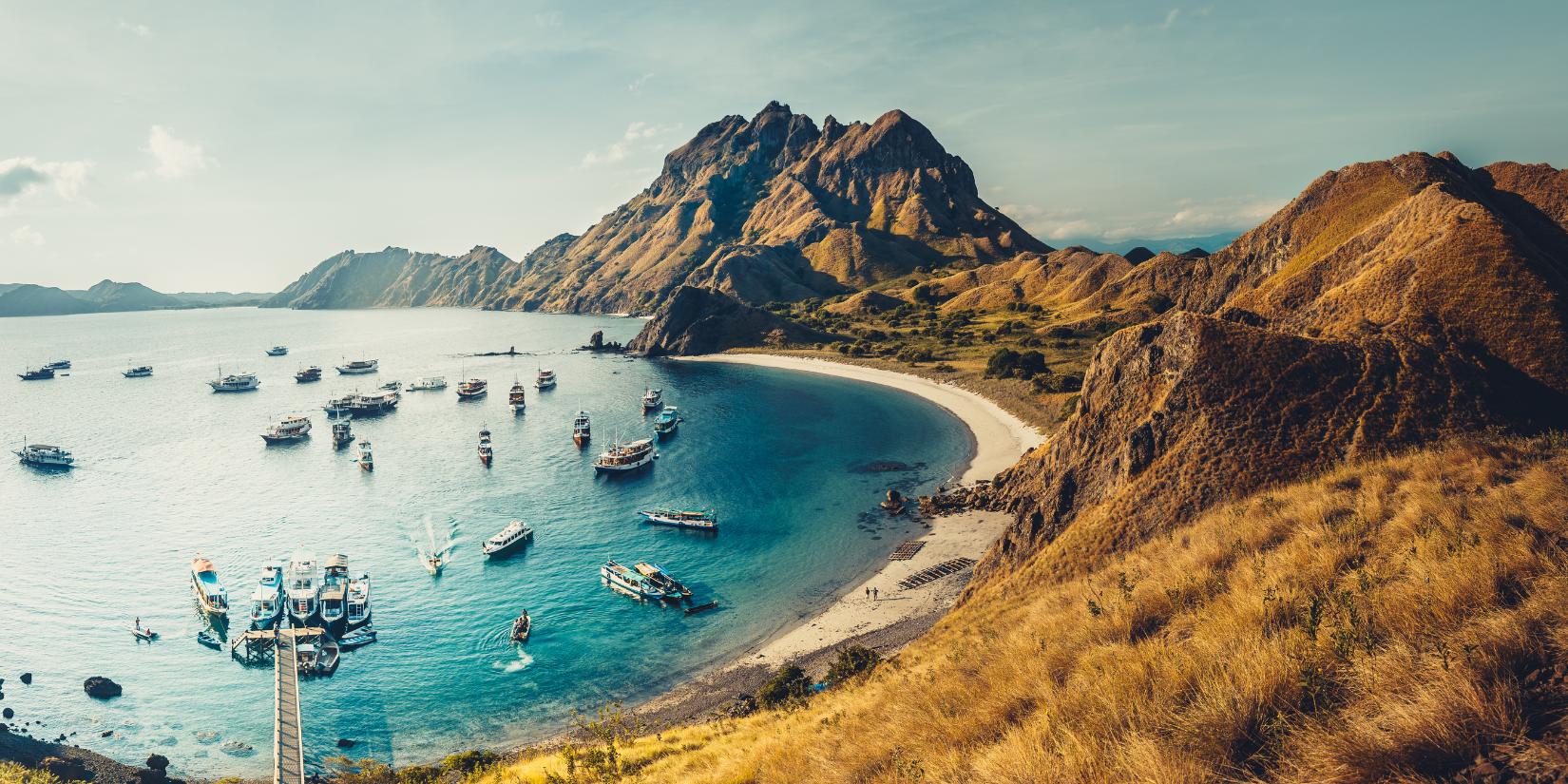
Komodo Island isn’t just a dive destination, it’s a living showcase of marine life. Sites like Batu Bolong, The Cauldron, and Castle Rock offer thrilling drop-offs, manta fly-bys, and shark encounters. Depths range from 5–40m, ideal for intermediate to advanced divers. Visit August–October for mantas or April–June for clear water. Conditions shift quickly, so dive with locals and savor every moment beneath the surface.
Explore the best places to surf
Komodo National Park’s dive sites offer thrilling underwater scenes shaped by currents and teeming marine life. At Crystal Rock, blacktip reef sharks patrol coral-covered granite. Castle Rock swirls with trevallies and seasonal manta rays. The Cauldron’s Shotgun channel delivers 8-knot drifts past turtles and tuna. Batu Bolong dazzles with 68 coral species and Napoleon wrasse. Time your dives with local advice, currents change fast, and reef hooks are often essential.
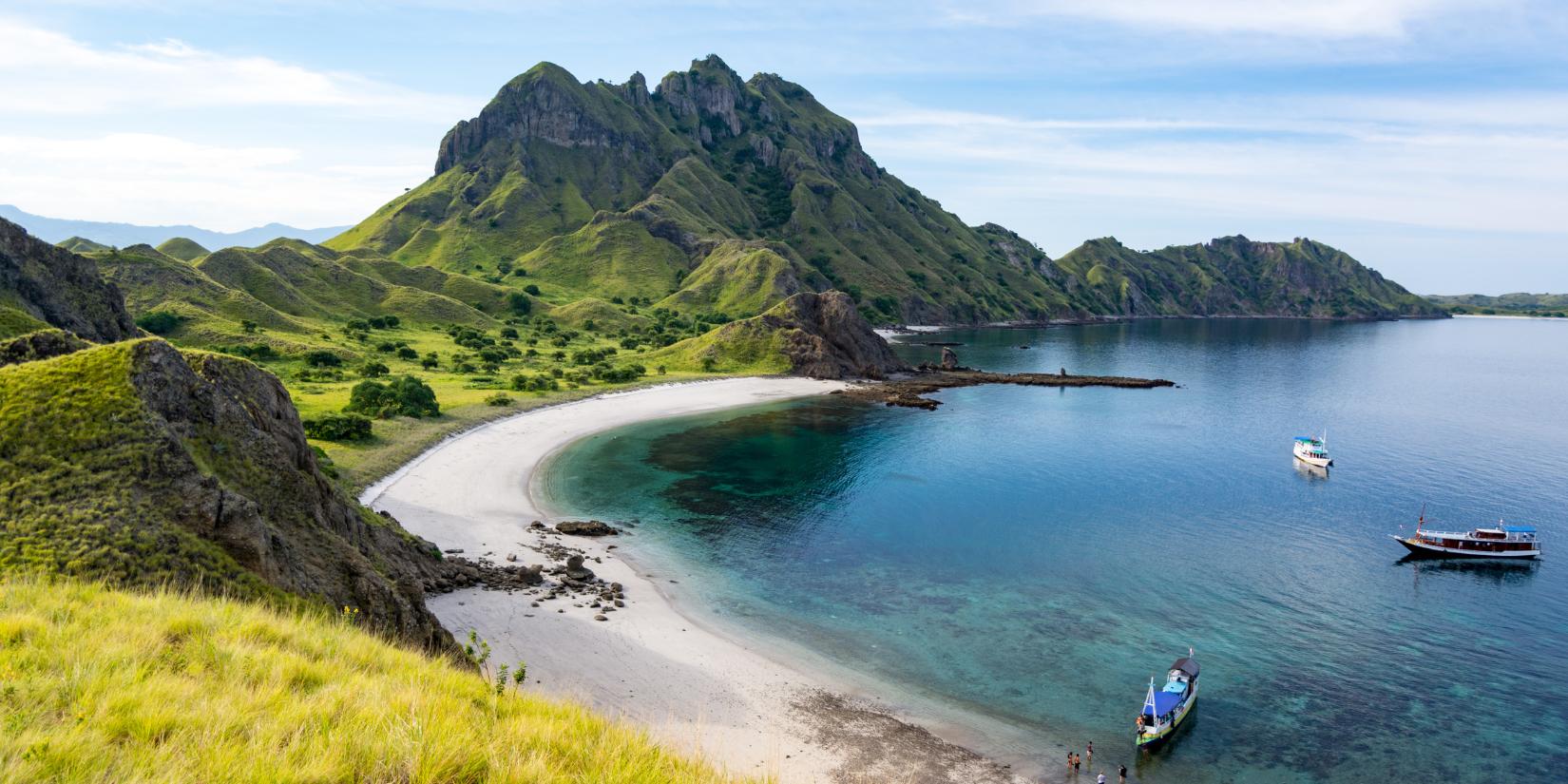

Dive Site
At 18 meters, blacktip reef sharks roam around a granite outcrop covered in soft coral tapestries. Barracuda and batfish schools are common, and pygmy seahorses can be found in the shallows. Dive during slack tide for the best photos of purple anthias clouds.
Types of dives:
- Reef
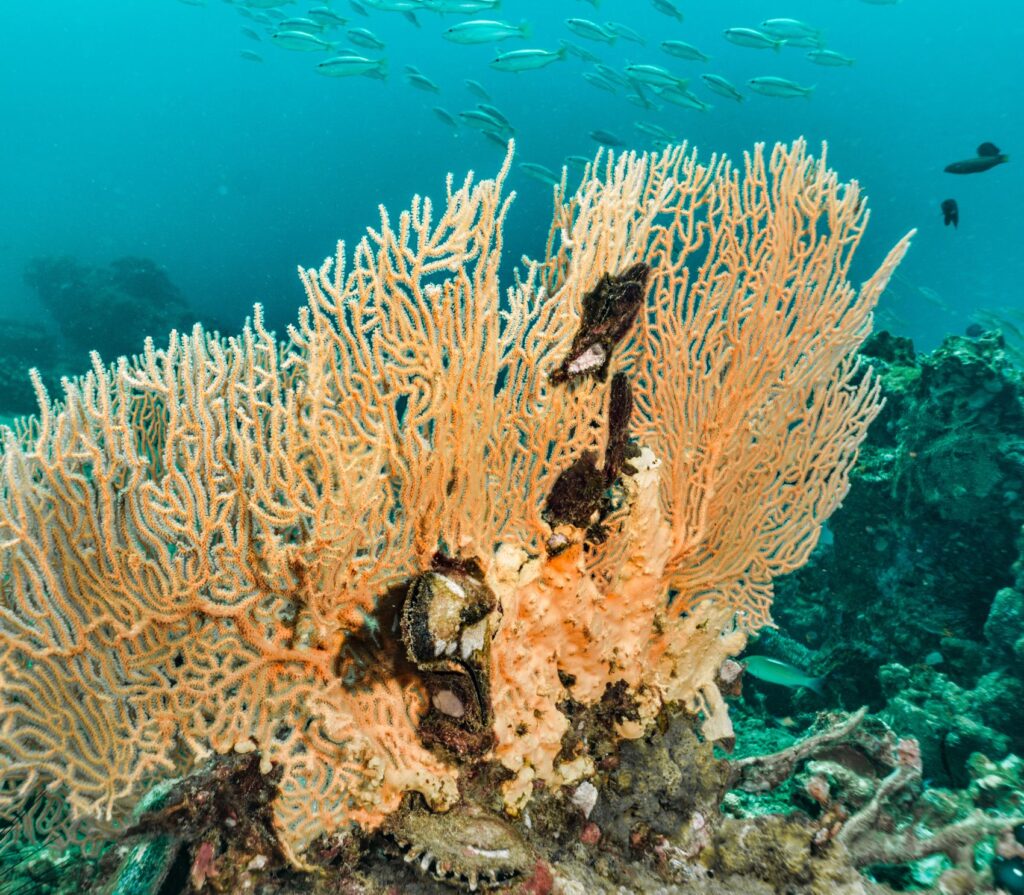
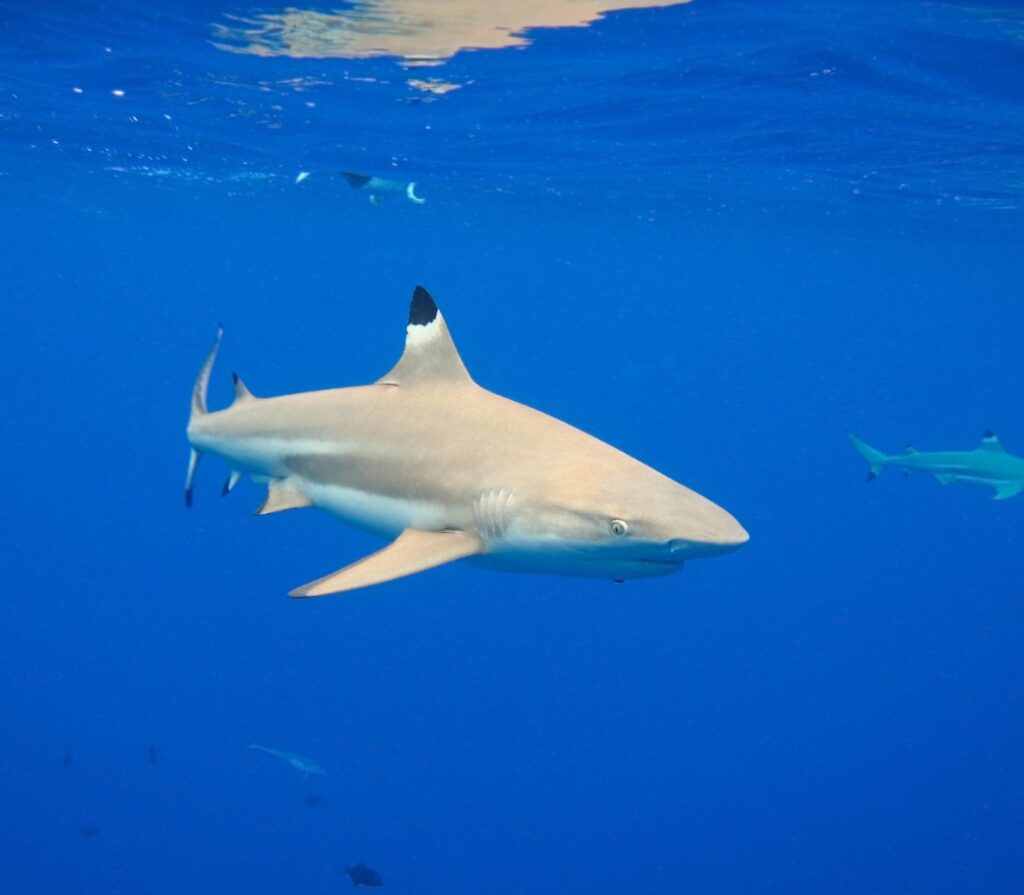
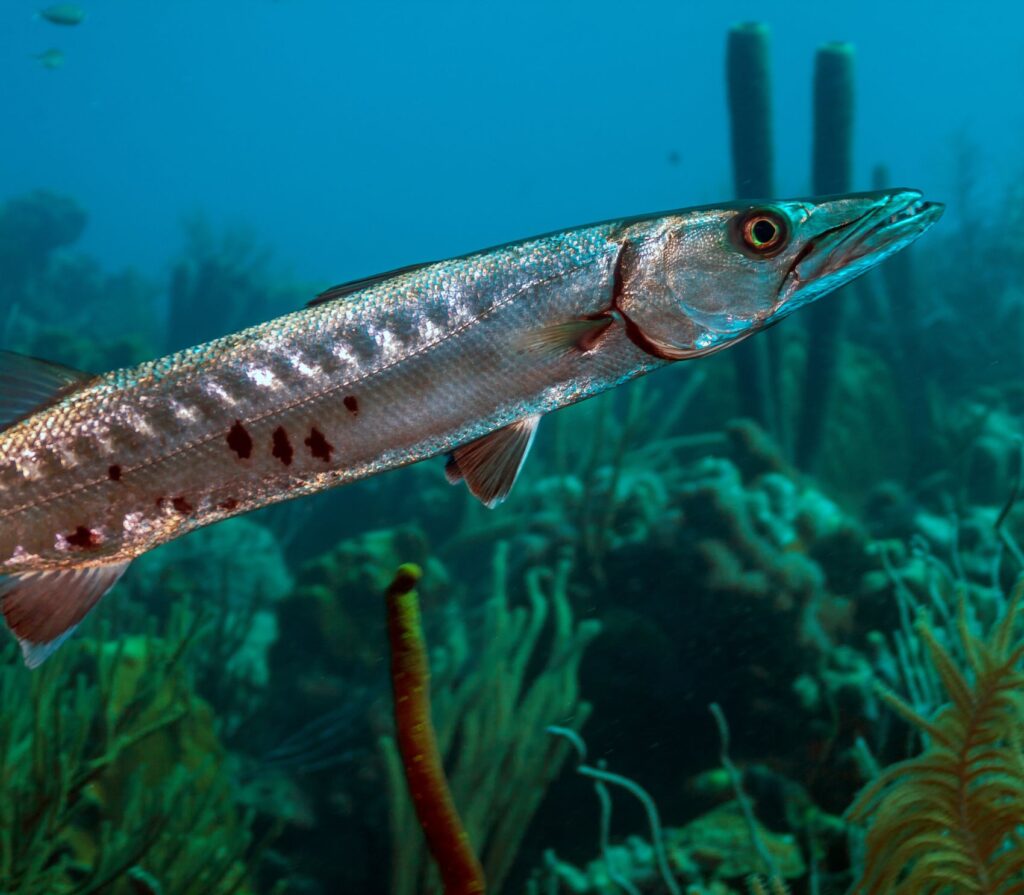
Dive Site
This 4-meter pinnacle is a hotspot for fish. Trevallies and rainbow runners feed in spirals, sometimes joined by oceanic manta rays (July-September). Dive in the afternoon for the best light and photos.
Types of dives:
- Reef
Pool and Wall
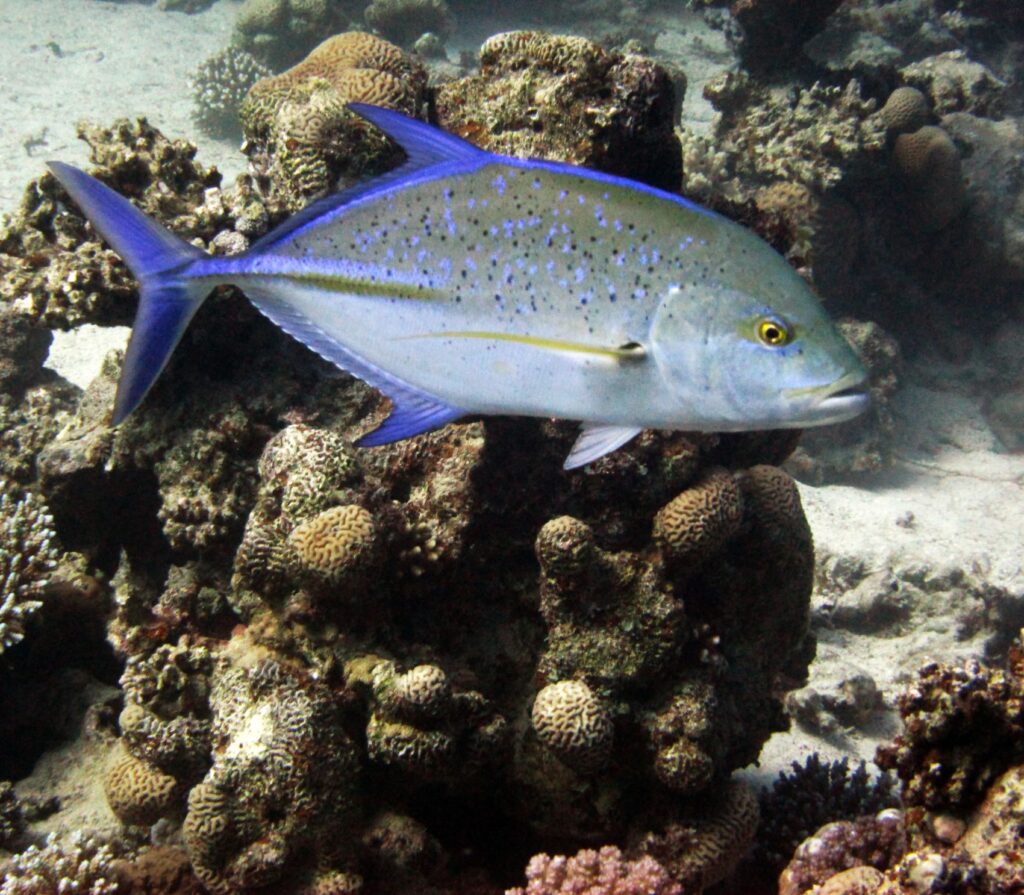
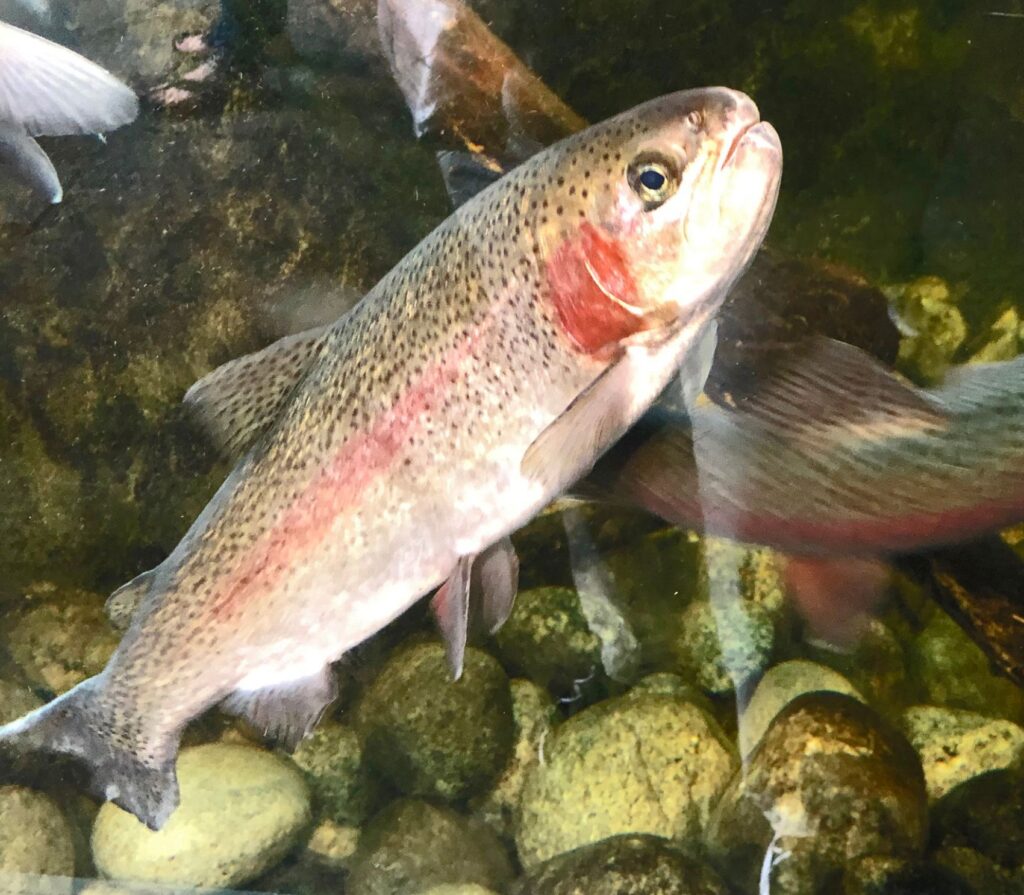
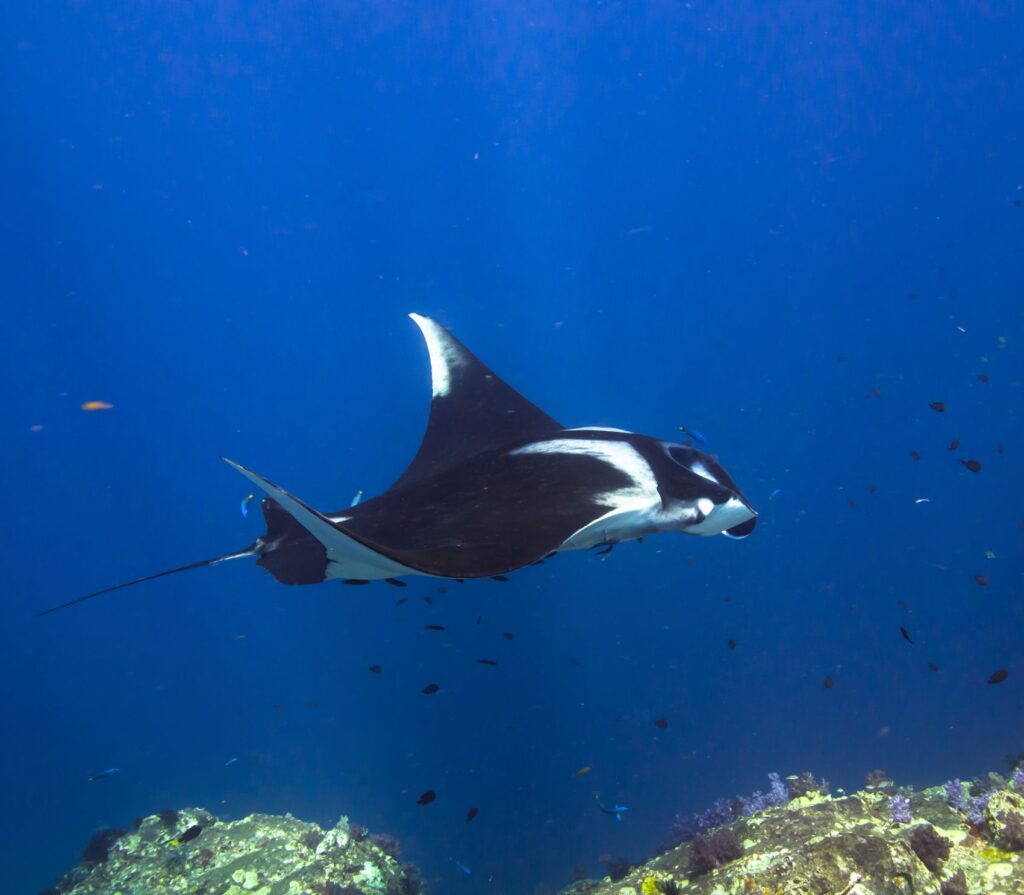
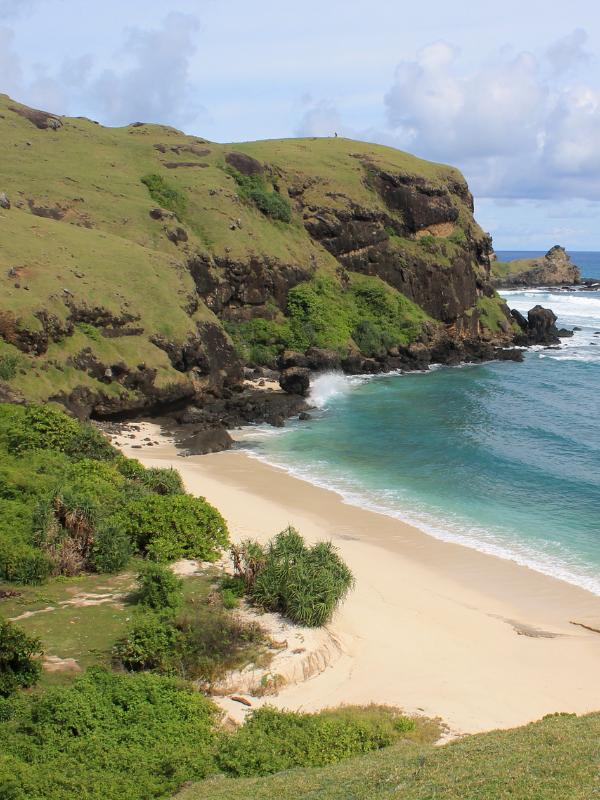
Dive Site
- Shallow coral bommies (turtle cleaning stations)
- Mid-depth sandy patches (blue-spotted stingrays)
- Deep current-swept walls (dogtooth tuna sightings)
Types of dives:
- Drift
- Reef
Chanel
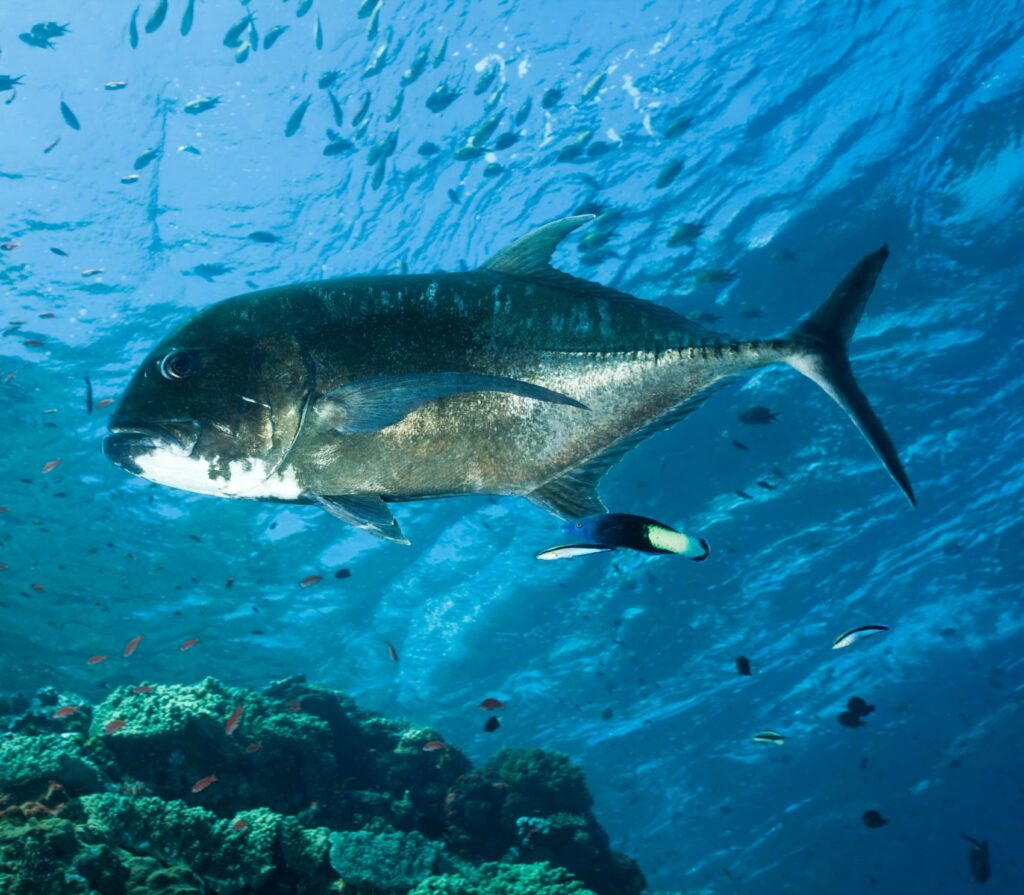
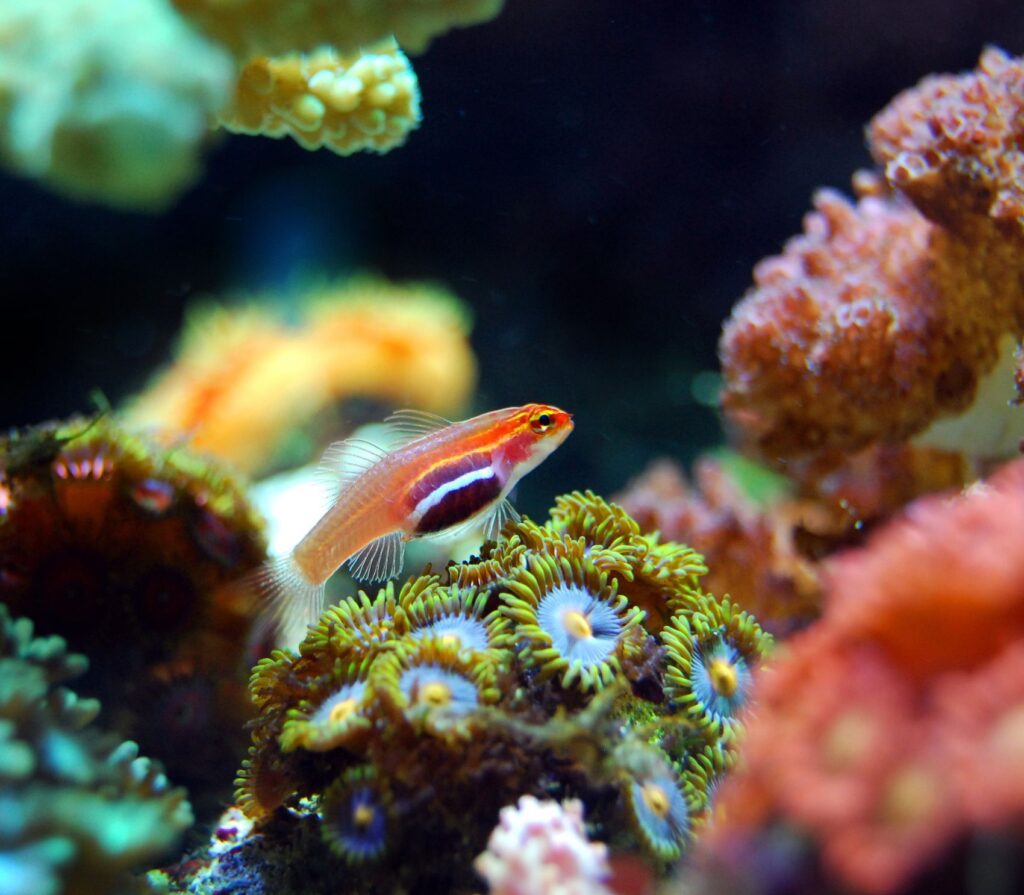
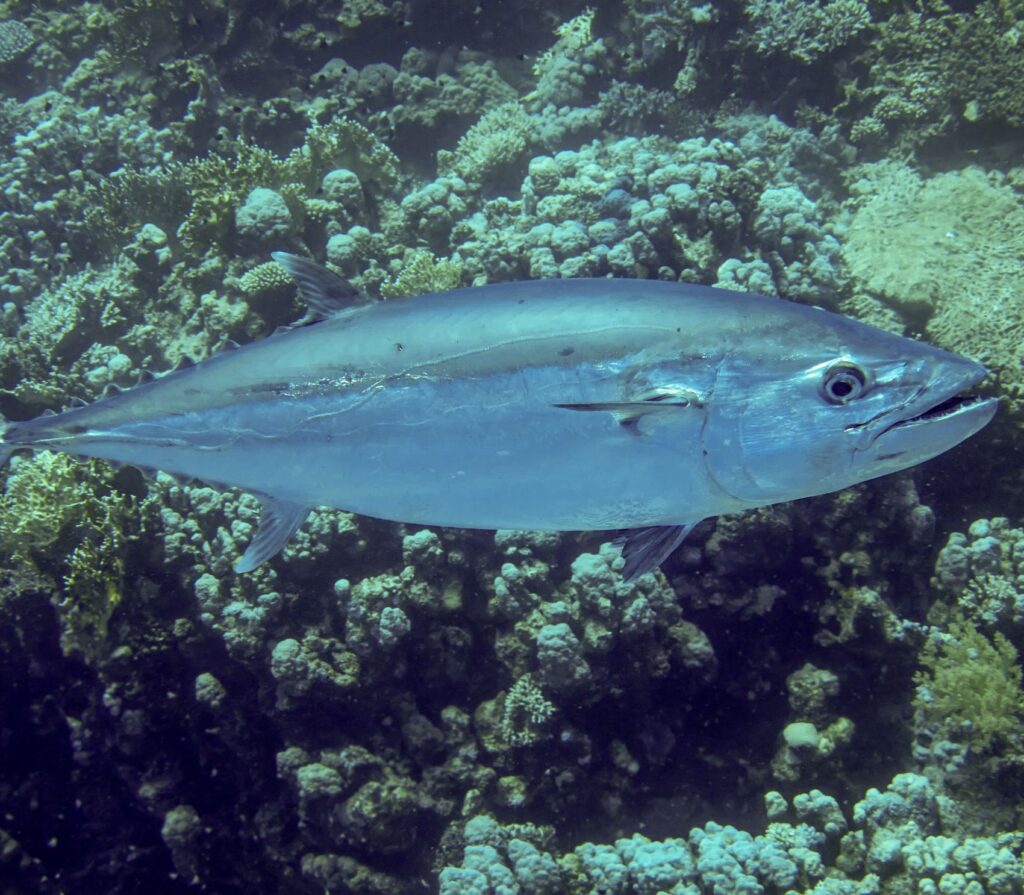
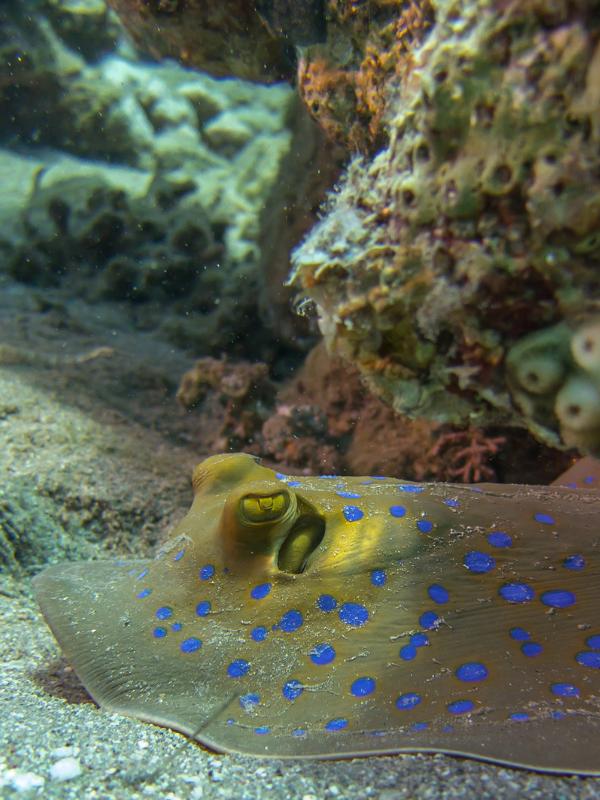
Dive Site
Swim through the rock arch (max depth 30m) with Napoleon wrasse and surgeonfish. This area has Komodo’s highest coral diversity – 68 species. Pro tip: Talk to dive operators about north vs south Komodo currents. Timing your dives right can make a big difference. Many recommend using reef hooks at Cauldron during peak tides.
Types of dives:
- Reef
Wall
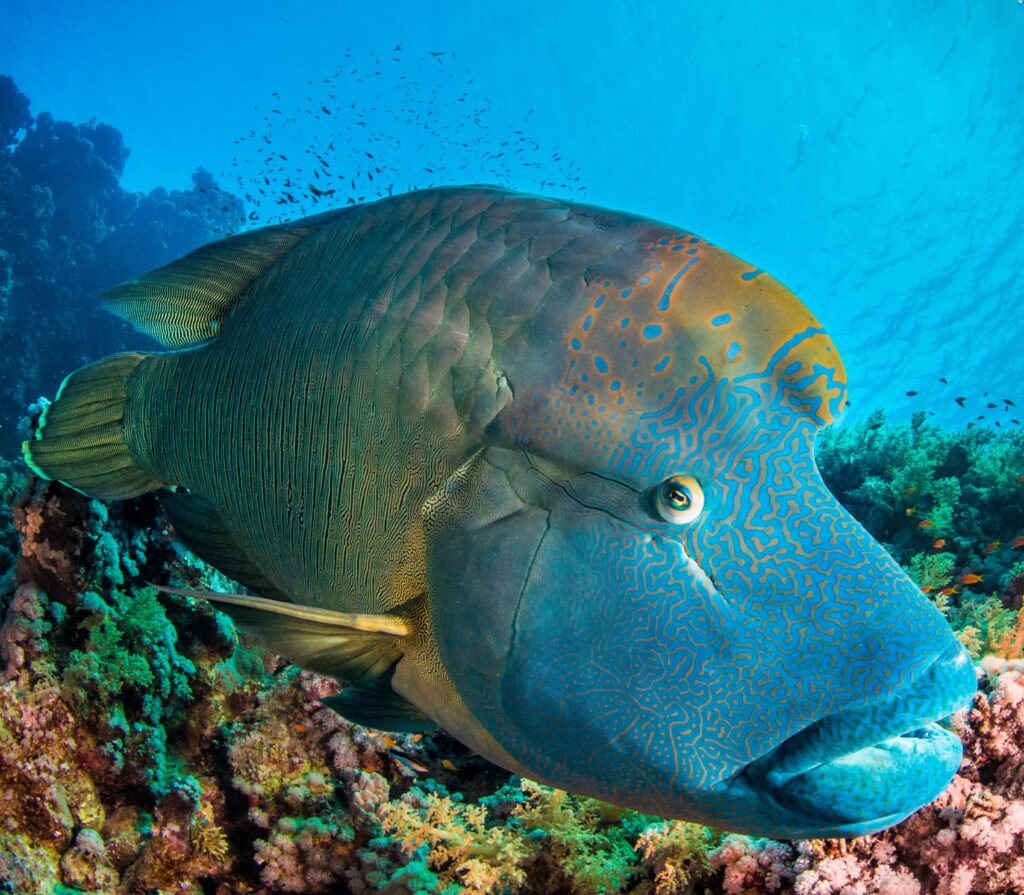
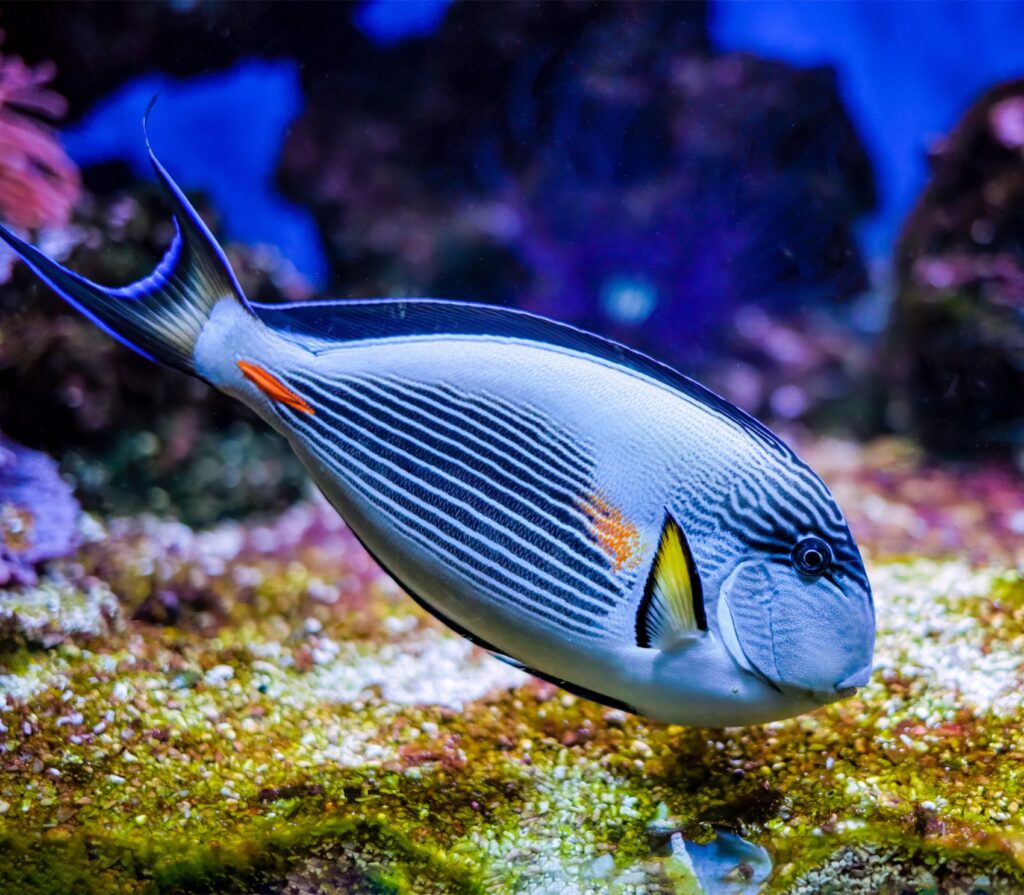
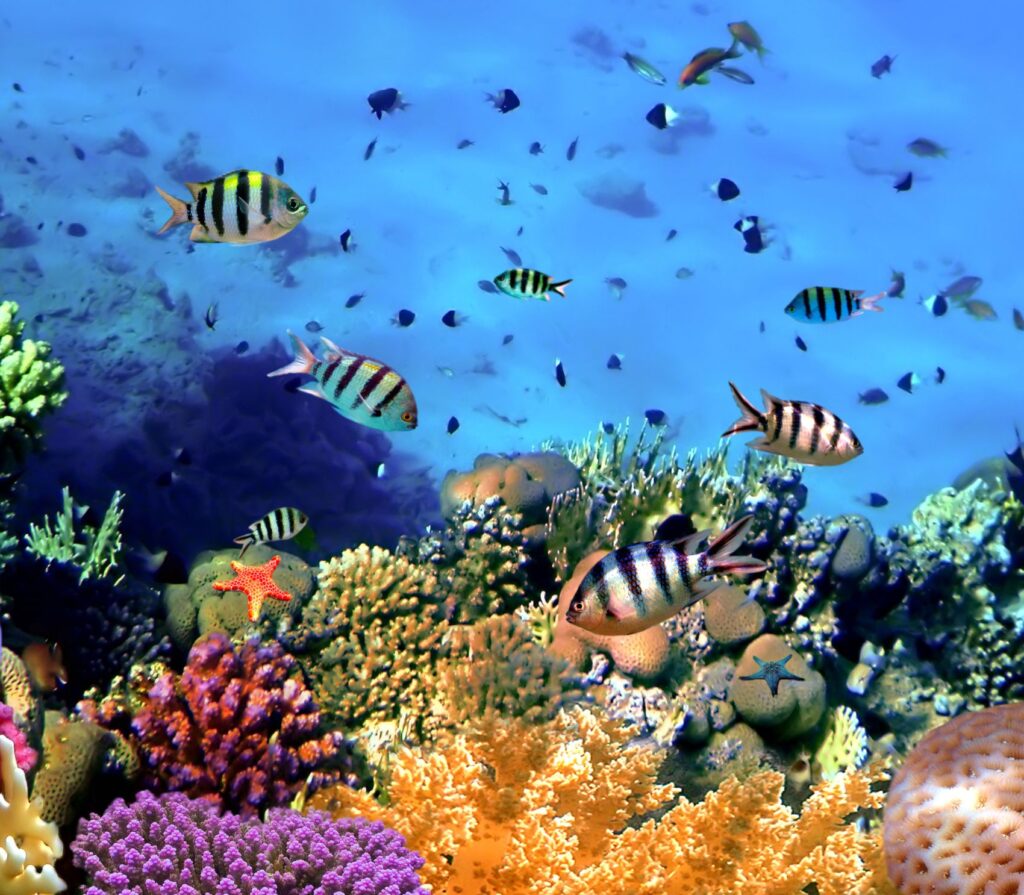
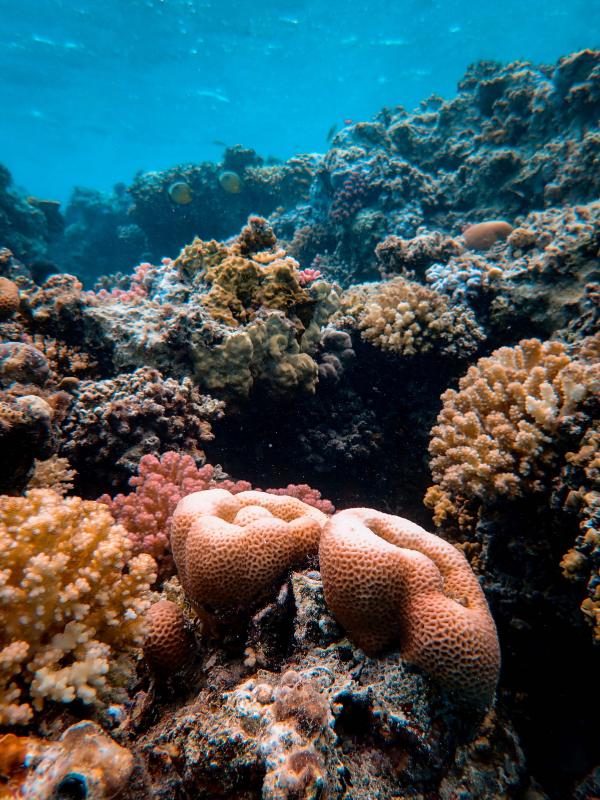
A macro photographer’s dream.
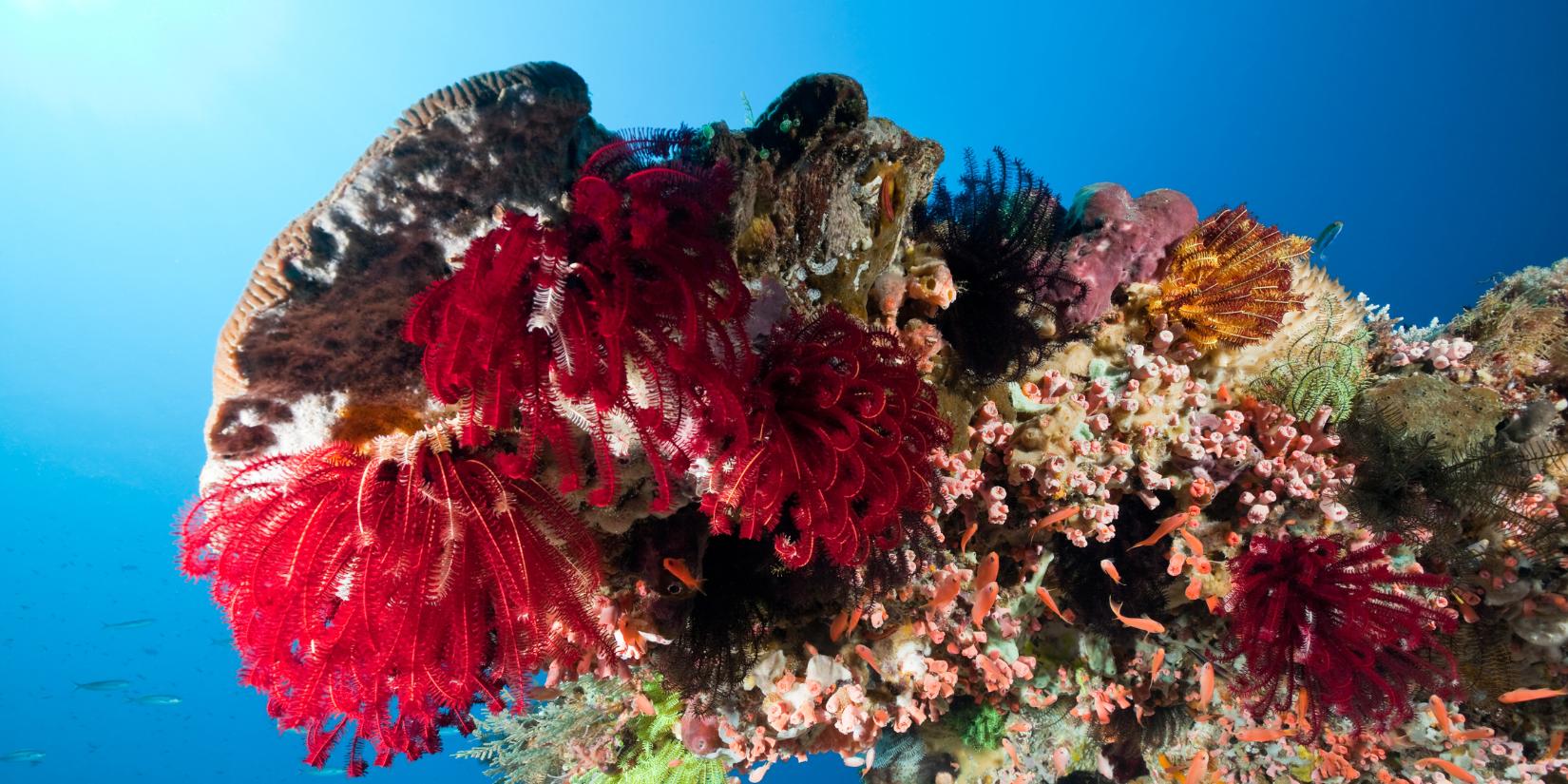
Mauan’s dive sites are perfect for those who want to explore beyond the usual spots. Here, you’ll find sandy bottoms full of life. Ghost pipefish and flamboyant cuttlefish are common sights. Night dives are special here, with bobtail squid and seahorses to see. It’s a great place for photographers to practice their skills in calm waters.
Mauan is close to Rinca Island, making it easy to mix hiking with diving. Scuba Junkie Komodo offers trips that include both. This way, you can see dragons and dive in the same day. Liveaboards often visit Mauan on their way to other dive sites. You can see maps of Komodo dive sites to find the best spots. With less current, it’s perfect for improving your diving skills or just enjoying the dive.
Colorful coral cathedrals.
Pasir Putih Komodo offers easy access to vibrant reefs, and Tatawa Besar steals the spotlight. Called “The Coral Cathedral,” it features towering coral archways glowing like stained glass. Moderate currents bring pyramid butterflyfish, juvenile batfish, and swaying gorgonian fans. In the shallows, spot camouflaged frogfish blending with sponges. With 80% coral coverage and 300+ fish species, Tatawa Besar is pure underwater magic.
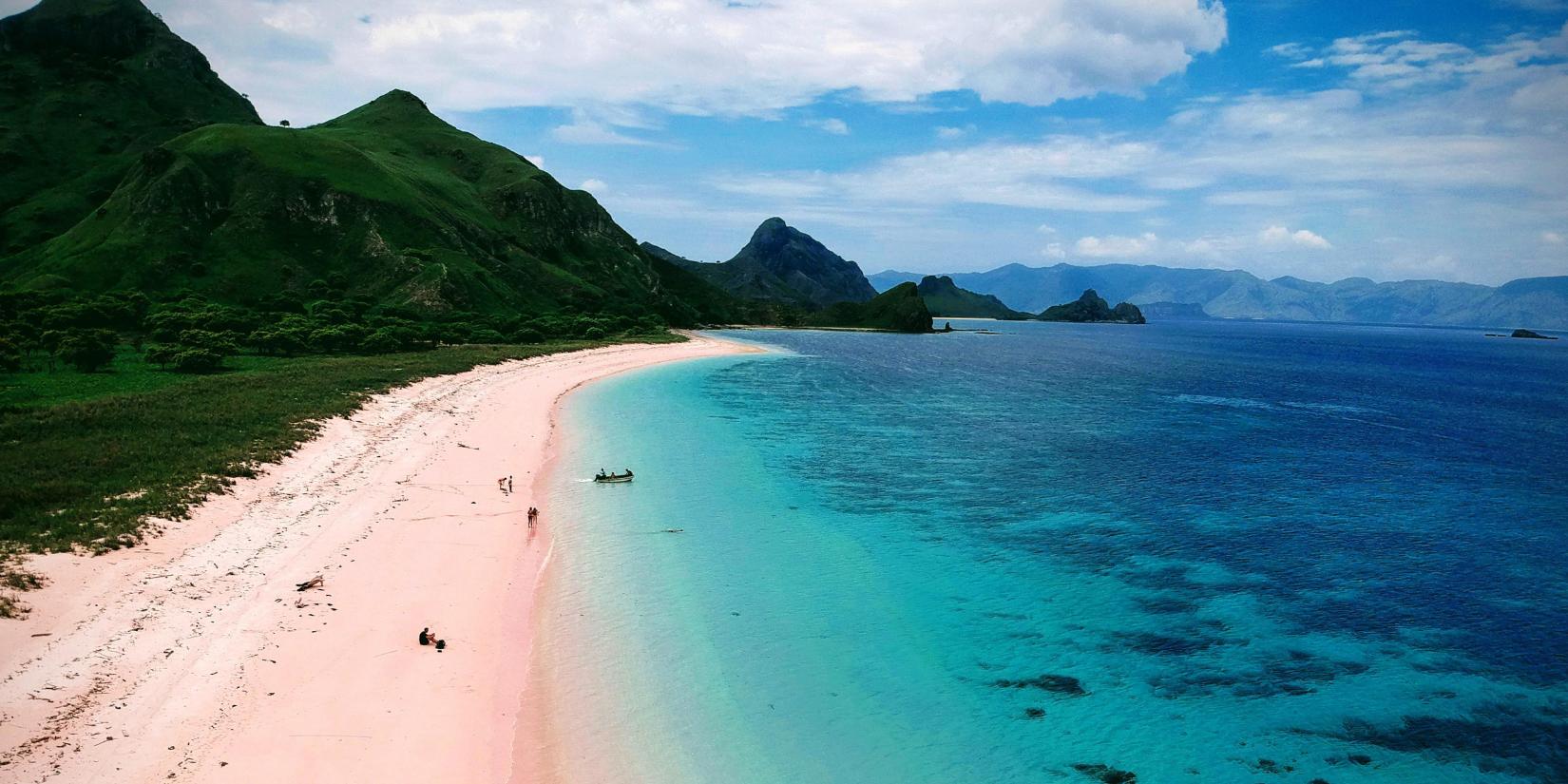
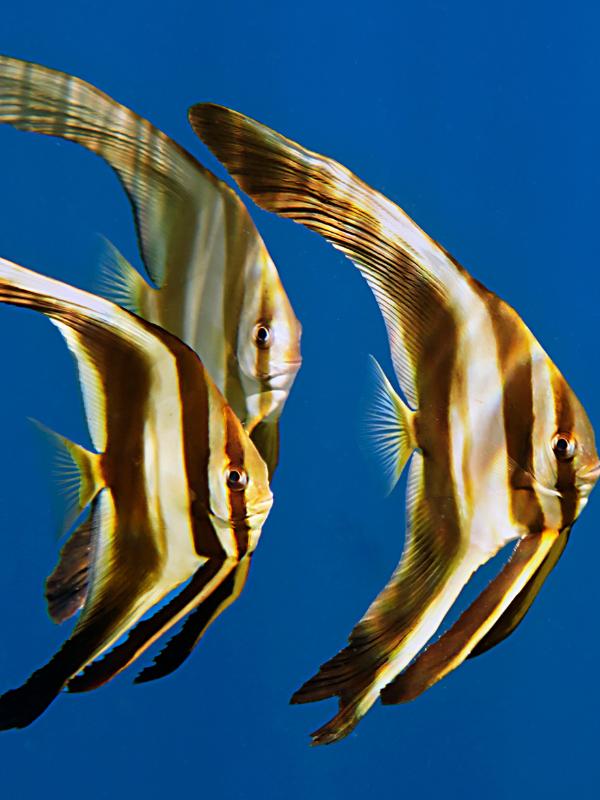
Dive Site
Types of dives:
- Reef
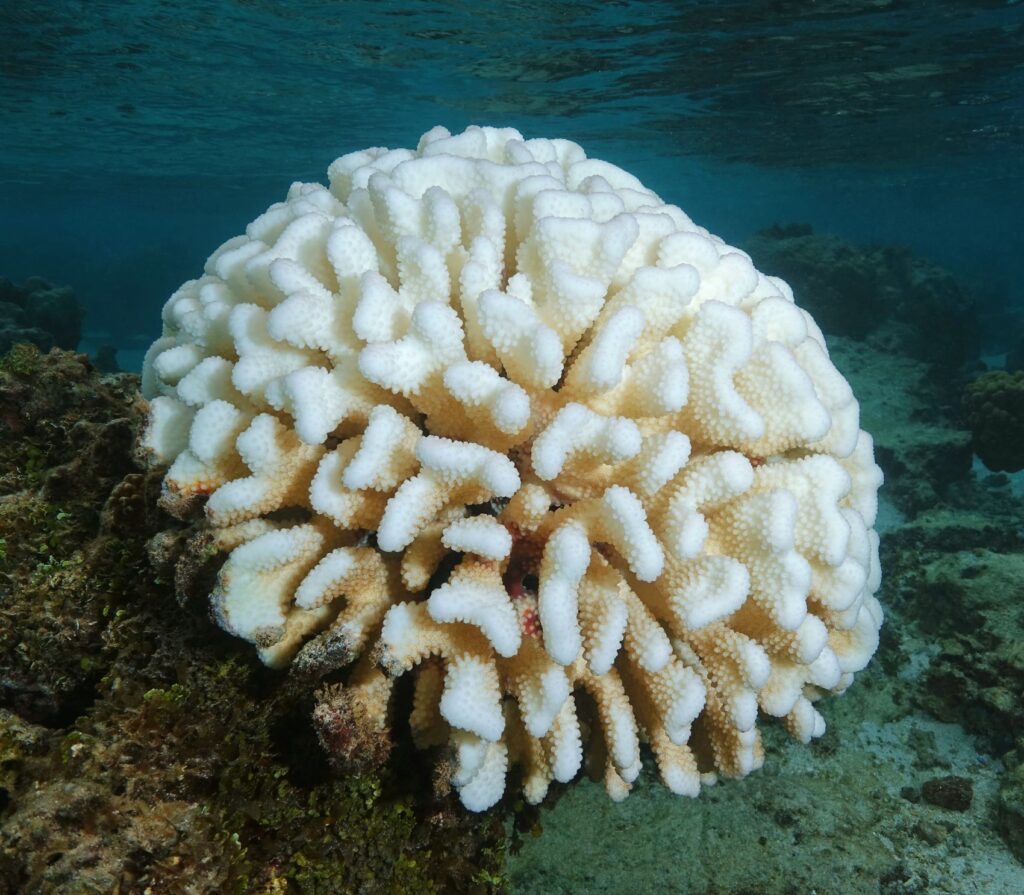
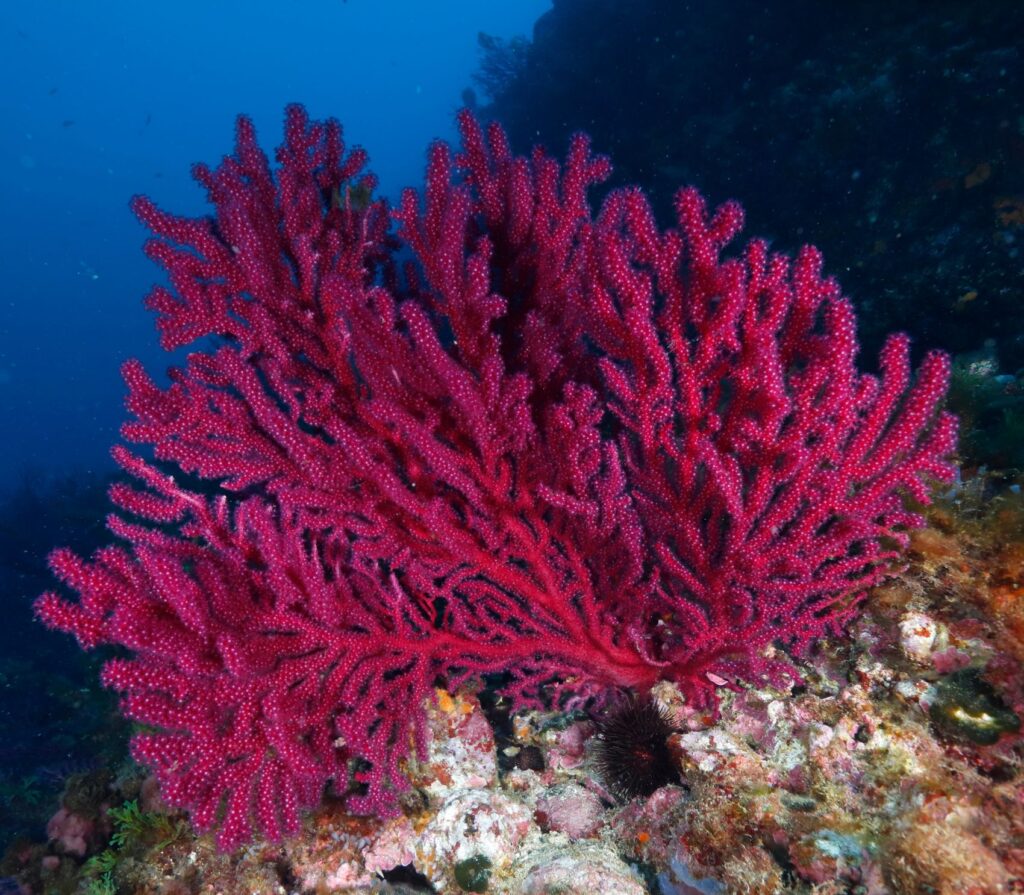
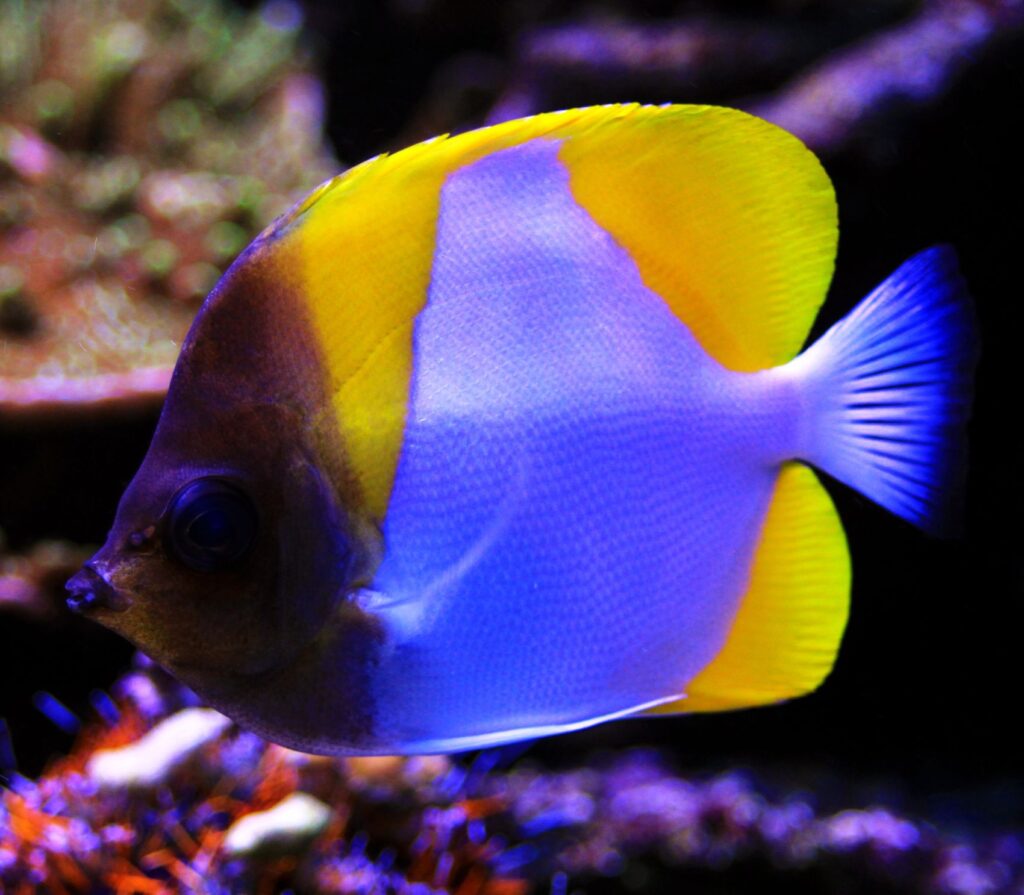
Turtle Town and macro magic.
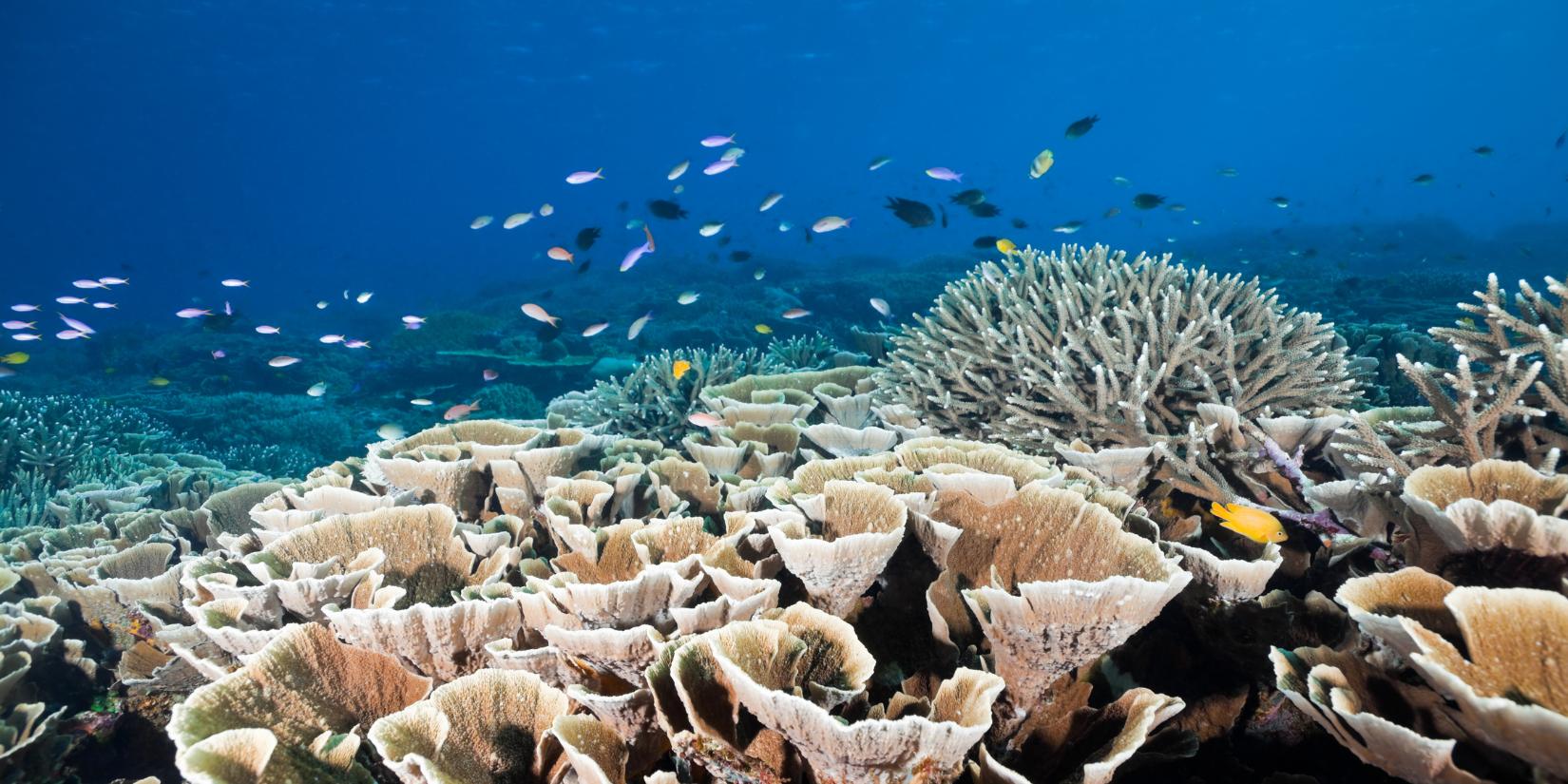
Siaba Besar, known as “Turtle Point,” is a favorite in Komodo National Park for its calm waters and frequent turtle sightings with over 90% of divers spot them right after entry. This black-sand bay teems with rare life like blue-ringed octopus and flamboyant cuttlefish. Snorkeling shines by day, but at dusk, mandarinfish emerge for a vivid mating dance, an underwater firework show that makes night dives truly unforgettable.
Water Conditions Comparison:
Day Snorkeling
- Visibility: 15-20m
- Temperature: 27-29°C
- Key Species: Green turtles, reef sharks
Night Dive
- Visibility: 5-8m
- Temperature: 26-28°C
- Key Species: Mandarinfish, bobtail squid
Two tides, two dive styles.
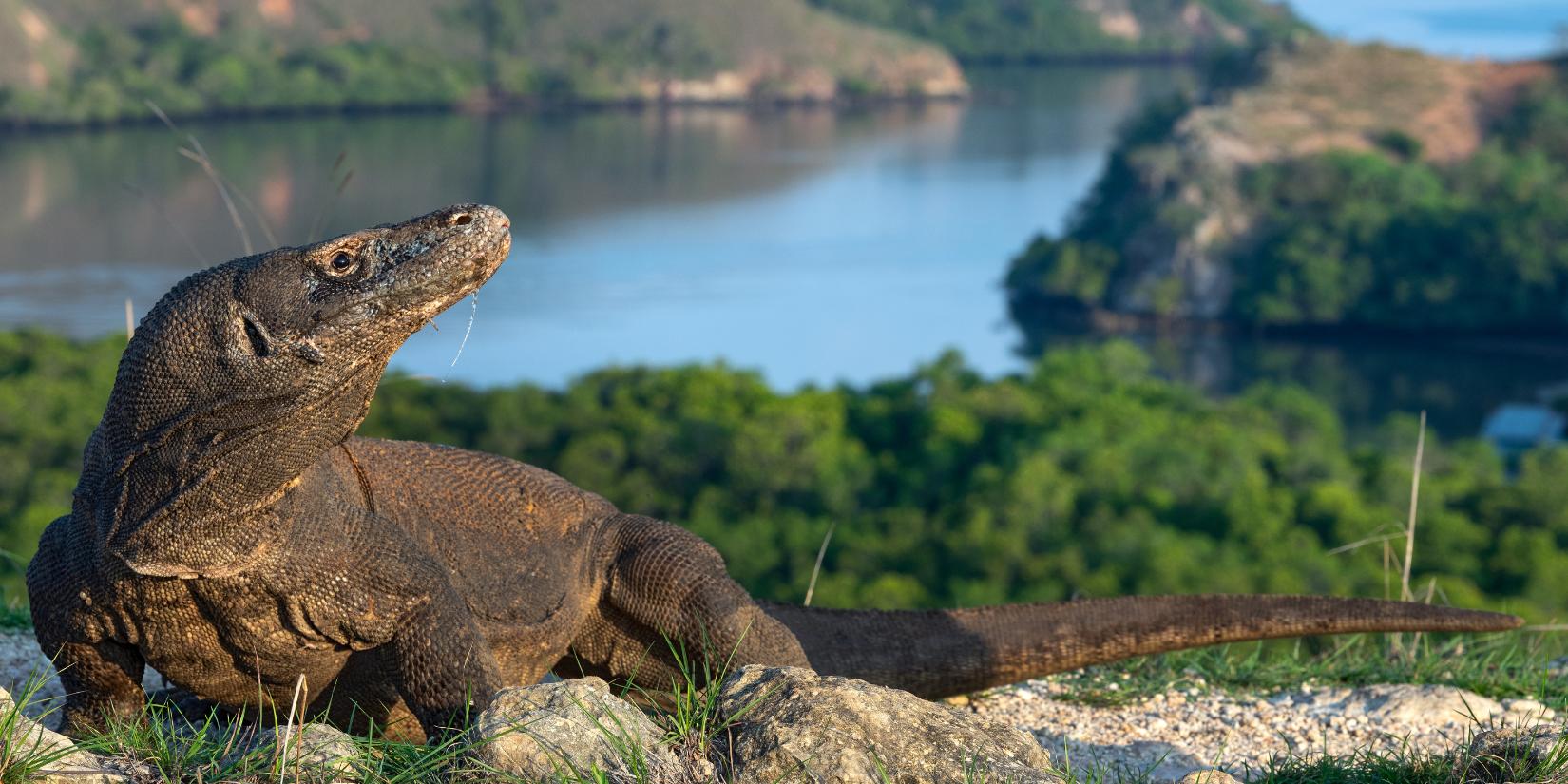
Peramba Island offers two dive moods shaped by Komodo’s tides. During slack tides, beginners enjoy calm waters and reef life. When currents pick up, advanced divers get the thrill of drift dives, schooling fish, and shark sightings. Mornings suit macro photography, while afternoons bring adrenaline. From July to September, nutrient-rich waters attract mantas and whale sharks. With underwater canyons and vibrant corals, Peramba is pure diving adventure.
Here are three things to know about diving in Peramba:
- Dry season (April-June): The water is clear, making it perfect for exploring reefs
- Transition months (October-November): The conditions are balanced, with moderate currents
- Peak current periods: You need advanced skills and drift diving certification
A colorful, current-free beginner zone.
Sebayur Kecil is a calm, colorful dive site nestled between Komodo’s coastlines, perfect for beginners or anyone polishing their skills. The gentle slope leads from 5 to 18 meters, revealing clownfish, yellowtail barracuda, and bumphead parrotfish. Drift down to spot rare blue-ringed octopus and mantis shrimp. With minimal currents and clear navigation markers, Sebayur Kecil offers easy entry, vibrant life, and a peaceful yet rewarding Komodo dive experience.

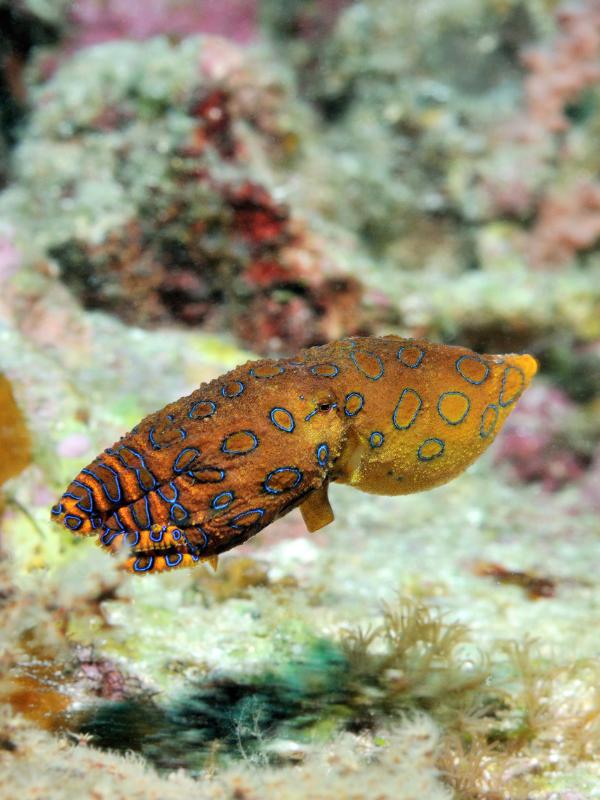
Dive Site
Start your dive by exploring a coral slope. Clownfish play among the anemones. As you swim west, yellowtail barracuda swim above you. At 12 meters, something amazing happens. Bumphead parrotfish eat coral, their bright scales shining in the sun. Drifting to the sandy bottom is next. This is where you might see something rare. Look for the blue-ringed octopus and mantis shrimp hiding in crevices.
Types of dives:
- Reef

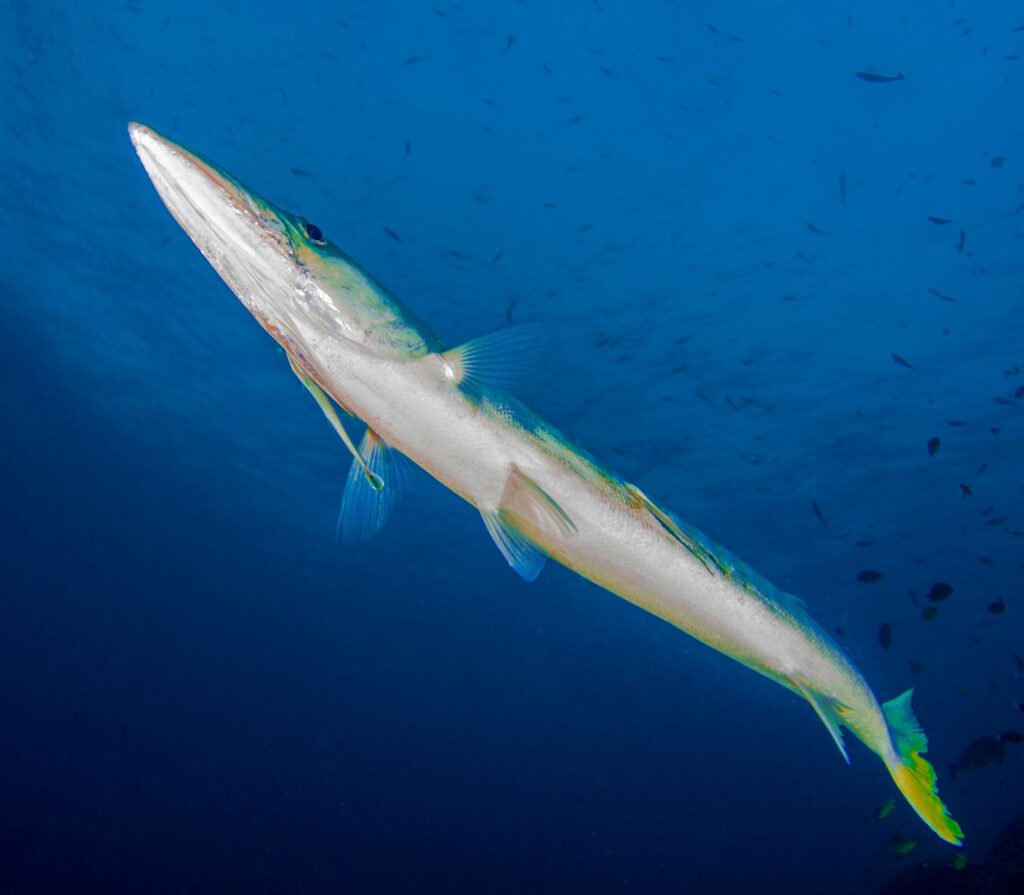
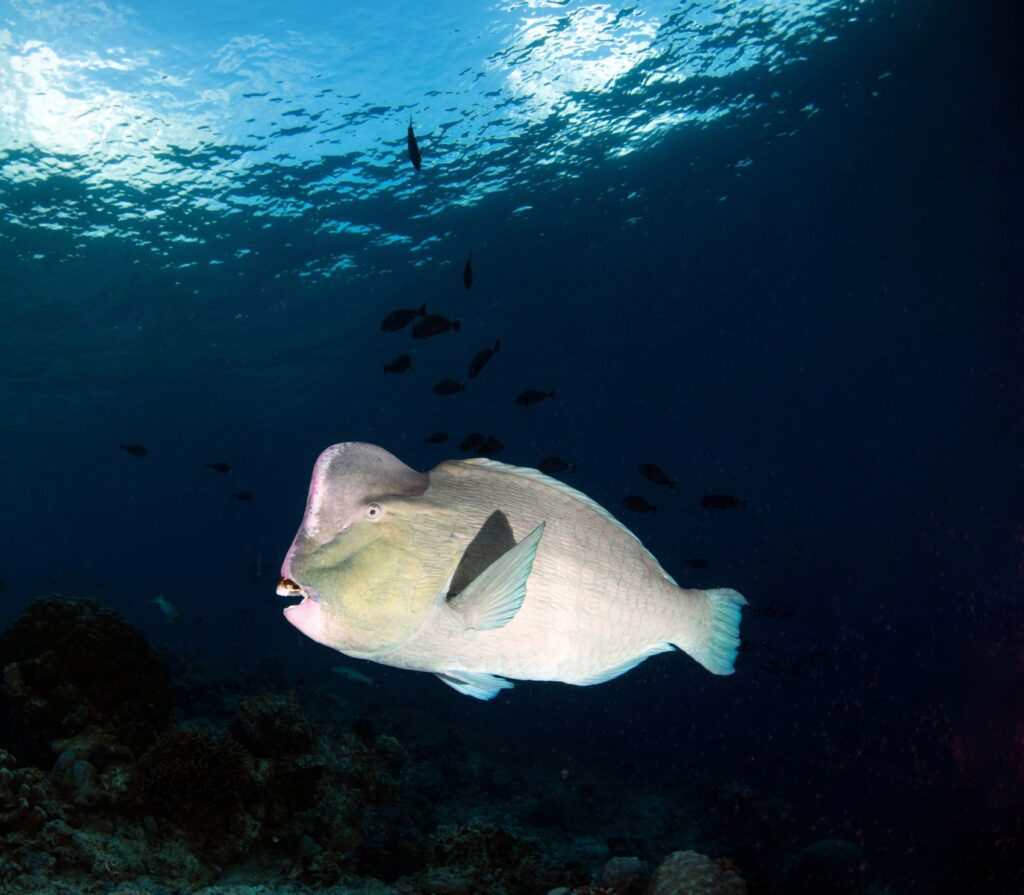
Komodo’s most intense dive site.
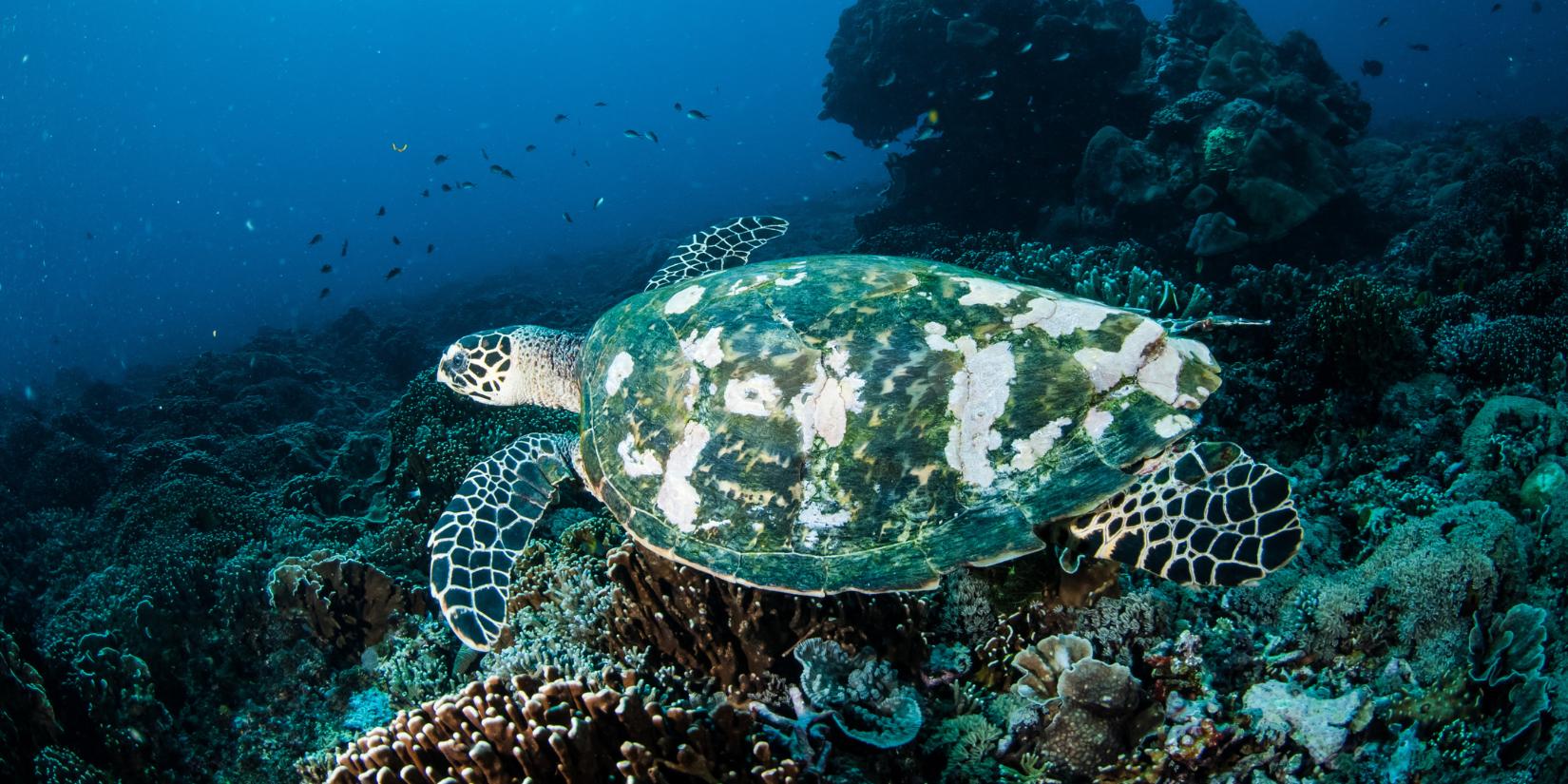
Batu Pengah, known as the “Dragon’s Lair,” is Komodo’s most intense dive site where raw ocean power meets breathtaking marine life. Strong 4–6 knot currents sweep through barracuda schools and trevally surges, but this site is only for advanced divers. Downwellings, sharp volcanic rock, and limited exits demand skill and focus. With strict safety protocols and expert guidance, Batu Pengah offers challenge, adrenaline, and unmatched underwater drama.
At Batu Pengah, your safety depends on three rules:
- Buoyancy mastery: Stay within 1 meter of your planned depth
- Team positioning: Guides use hand signals, not dive computers
- Gear checks: Redundant air sources mandatory
Site Feature
- Current strength
- Marine life density
- Bottom composition
Risk Factor
- High (Level 4/5)
- Extreme
- Sharp volcanic rock
Mitigation Strategy
- Timed slack-water entry
- Controlled ascents/descents
- Full-body exposure suits
A pinnacle full of surprises.
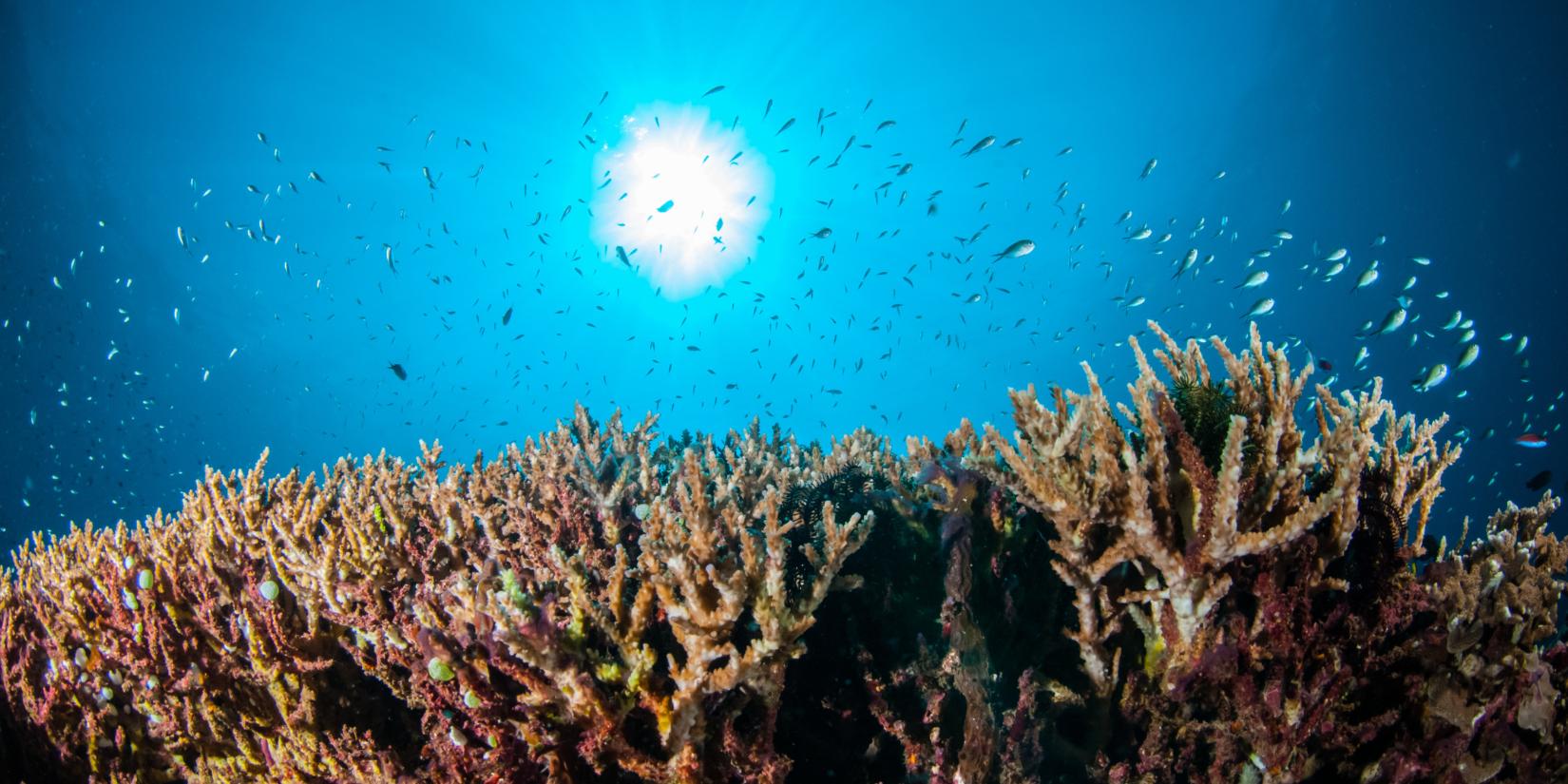
Three elements make this site exceptional:
- The pinnacle's steep walls host over 35 coral species
- Cleaning stations at 18m depth where sharks hover motionless
- Sand channels perfect for spotting camouflaged stingrays
As daylight fades, Pengah Kecil transforms. Night dives reveal:
Day Dive
- Visibility: 15-25m
- Key Species: Reef sharks, trevallies
- Current Strength: Moderate to strong
Night Dive
- Visibility: 8-12m (enhanced by focused beams)
- Key Species: Comb jellies, nocturnal crustaceans
- Current Strength: Mild to moderate
Diving meets conservation.
Punya Island offers a rare chance to dive and support marine conservation in Komodo National Park. Each visit helps fund coral nurseries and reef monitoring. Nearby Wae Nilu is a muck diving wonderland, black sand slopes reveal pygmy seahorses, flamboyant cuttlefish, and Rhinopias scorpionfish. Divers are urged to practice low-impact techniques, turning each dive into citizen science while preserving this living gallery of rare and fragile marine life.
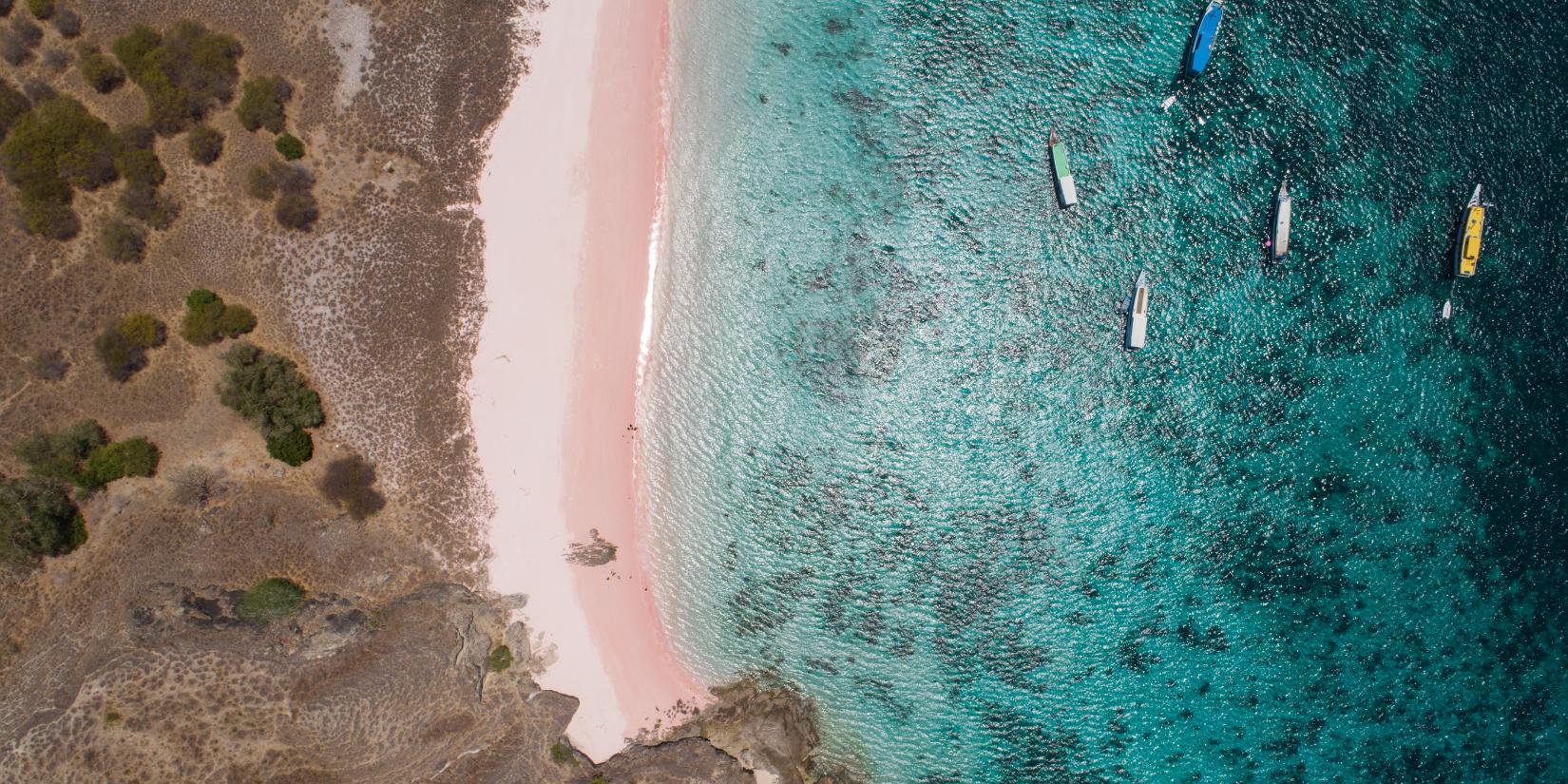
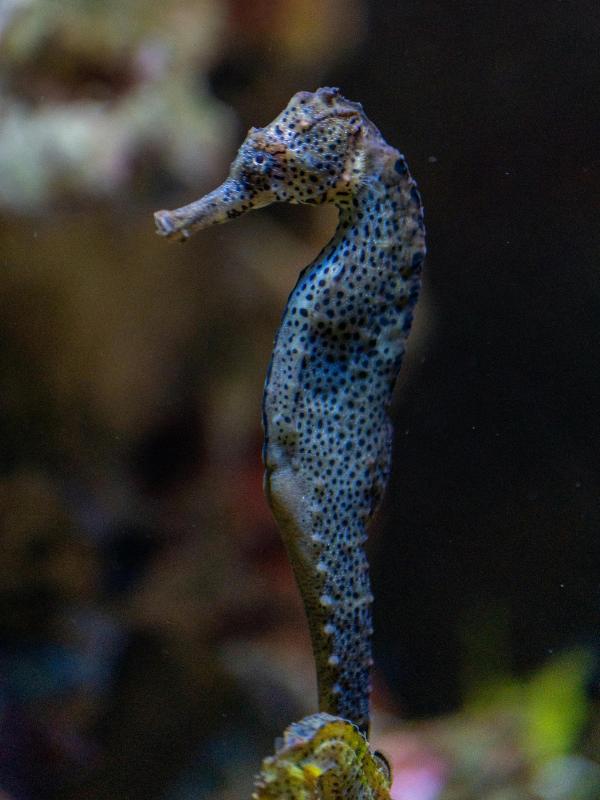
Muck Diving's Living Gallery
- Pygmy seahorses smaller than your thumbnail
- Blue-ringed octopus displaying warning colors
- Rhinopias scorpionfish disguised as algae
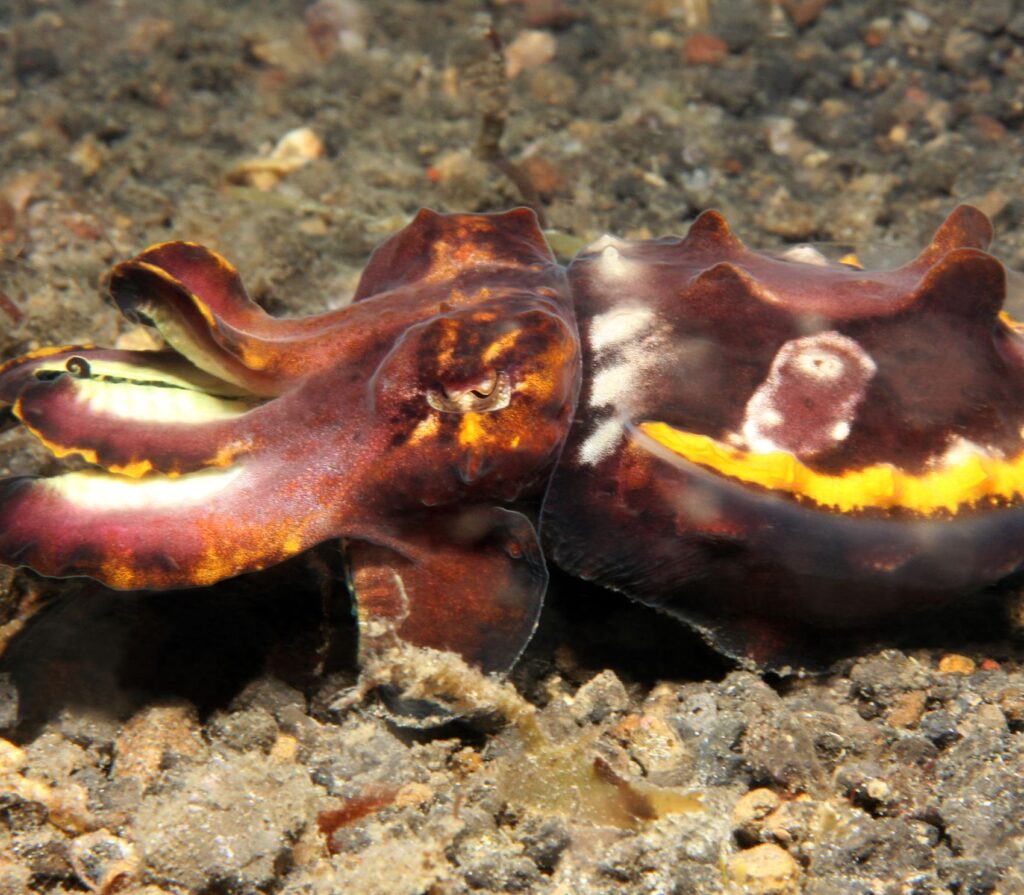
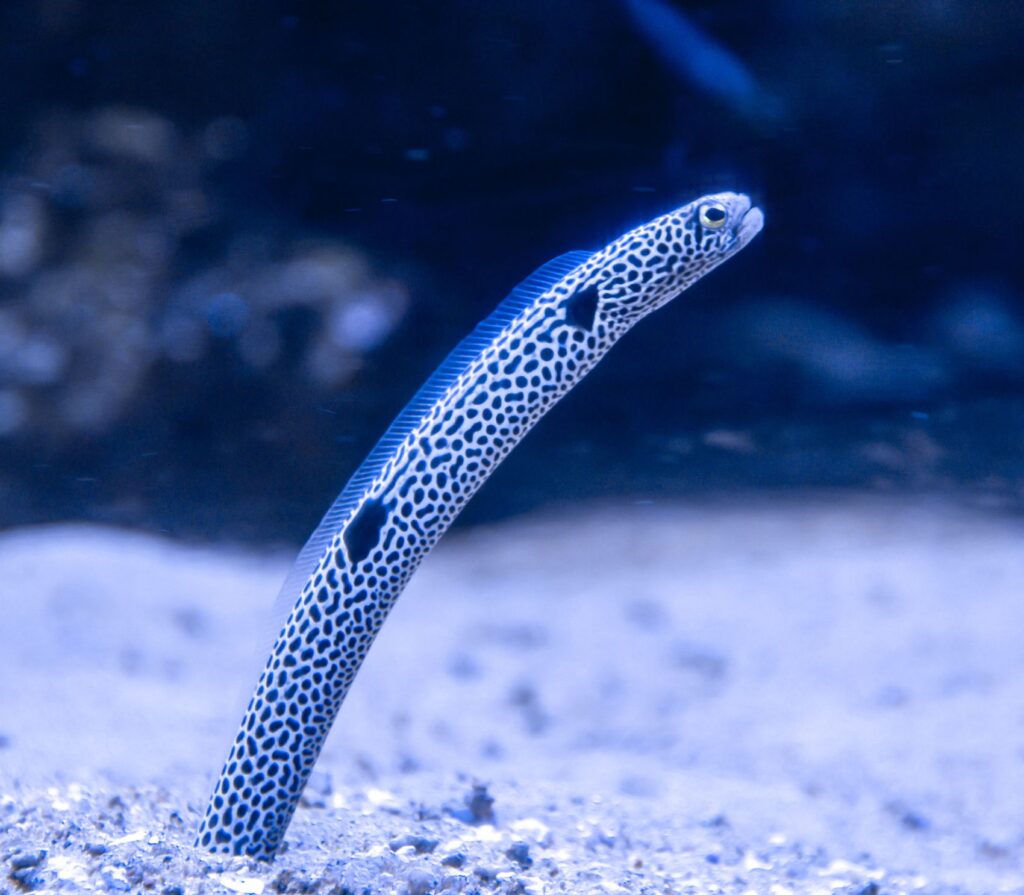
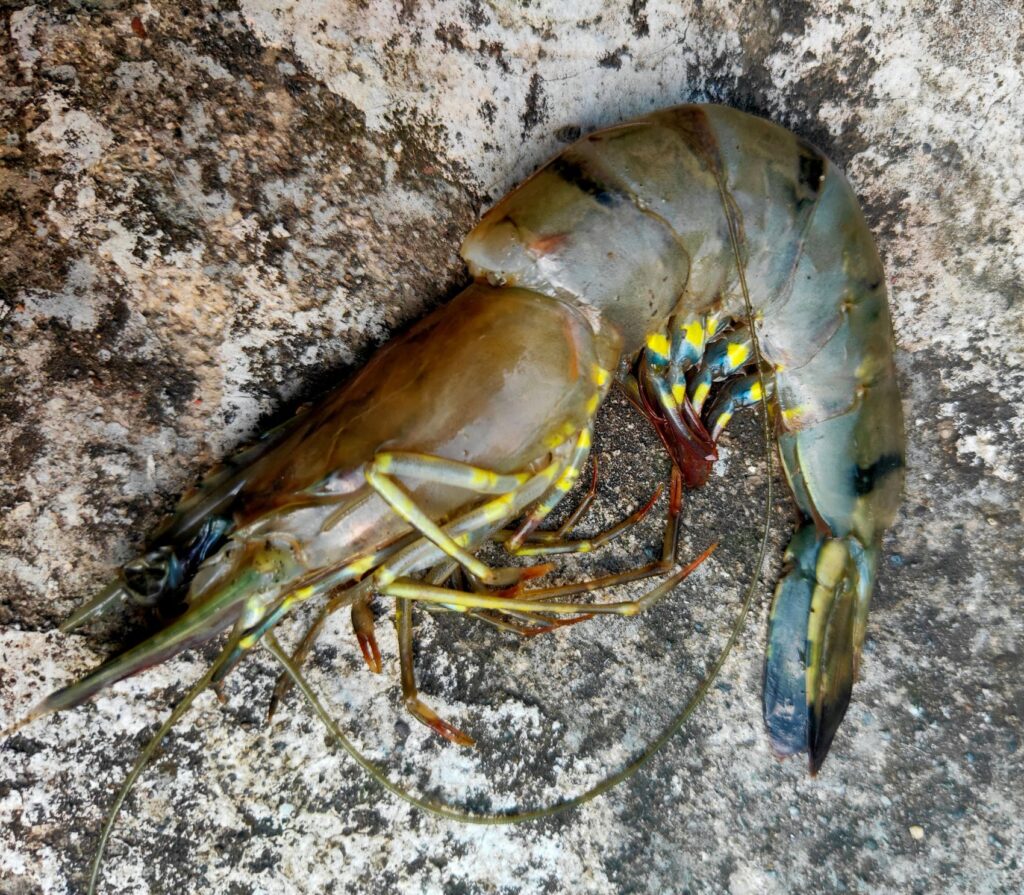
Komodo’s remote, rugged frontier.
Nusa Kode’s jagged volcanic shores and strong currents create a remote diving frontier perfect for liveaboard adventures. Cannibal Rock is the star, nurse sharks patrol glowing corals, while batfish and hairy frogfish add bursts of life. Morning dives reveal reef sharks in golden light. Whether on a day trip or liveaboard like Bajo Dive 2, the raw beauty of Nusa Kode promises a thrilling, unforgettable underwater escape.
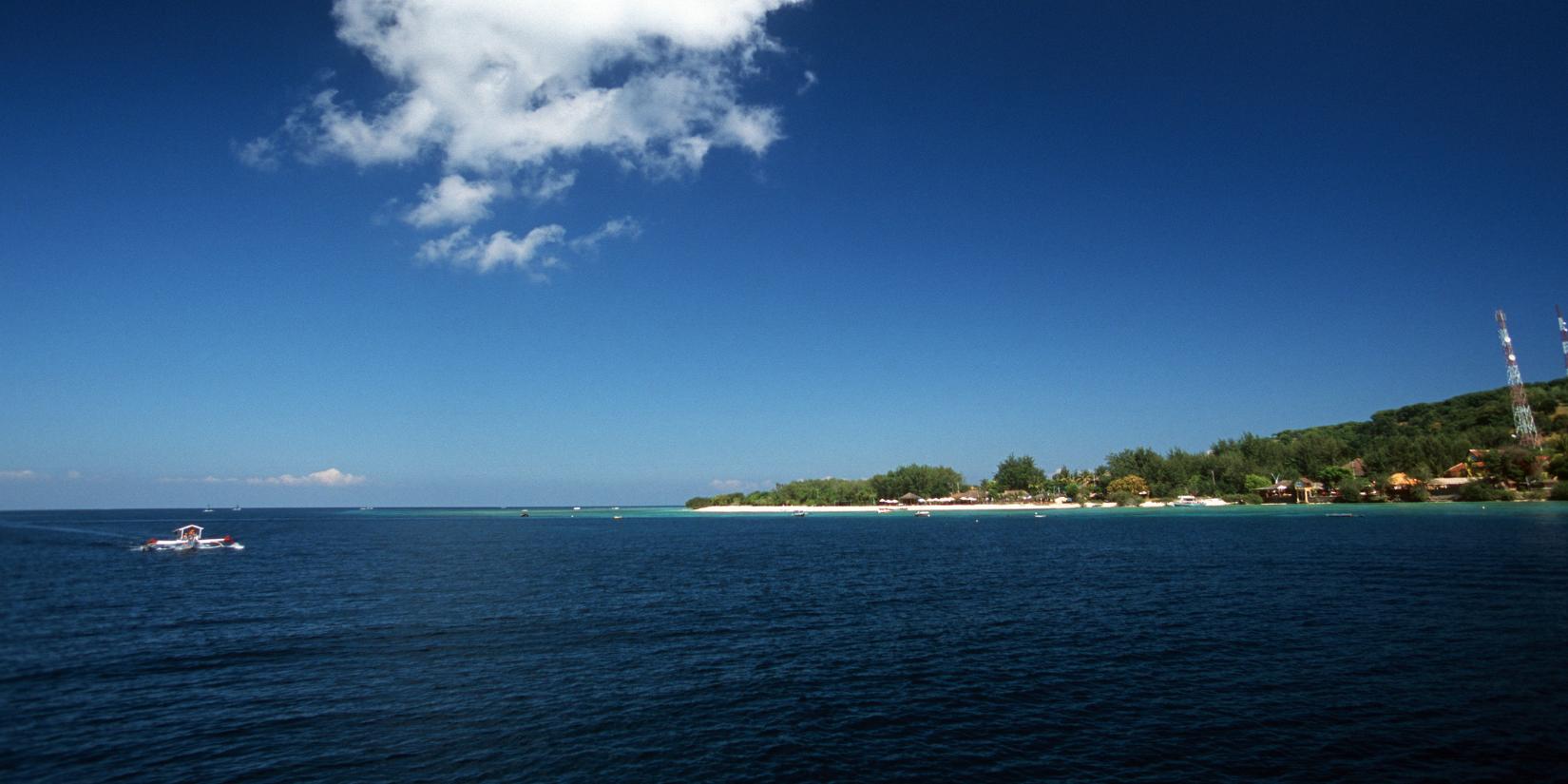
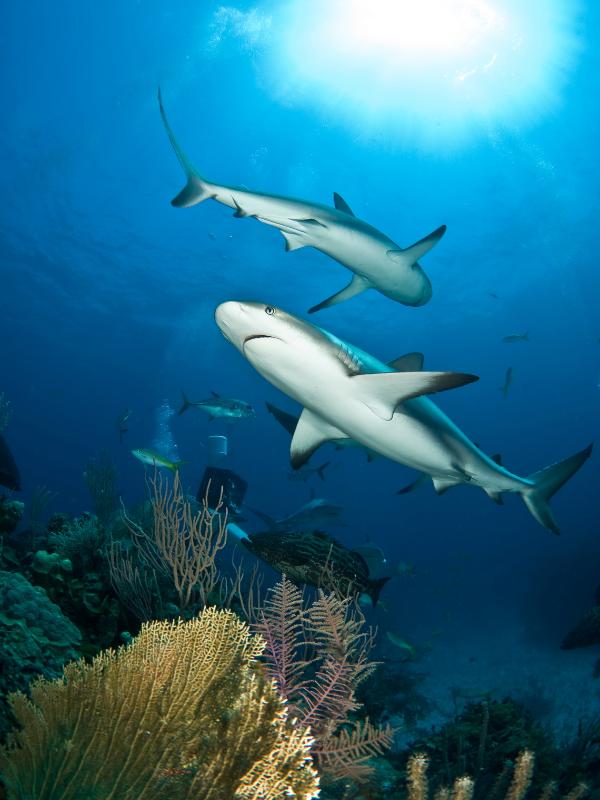
Dive Site
At Cannibal Rock, dive into a world of nurse sharks and glowing corals. Batfish schools dance above, while hairy frogfish hide in sponges. Early morning dives show reef sharks hunting in the golden light. Liveaboard trips let you spend more time here and explore nearby sites like Wae Nilu. Traditional boats like Bajo Dive 2 offer comfort and adventure. After diving, enjoy ginger tea to warm up.
Choosing between liveaboards and day trips changes your Nusa Kode experience. Liveaboards offer more time to explore, while day trips are quicker. Either way, diving Cannibal Rock is unforgettable, showing Komodo’s power and beauty.
Types of dives:
- Reef
- Ocean
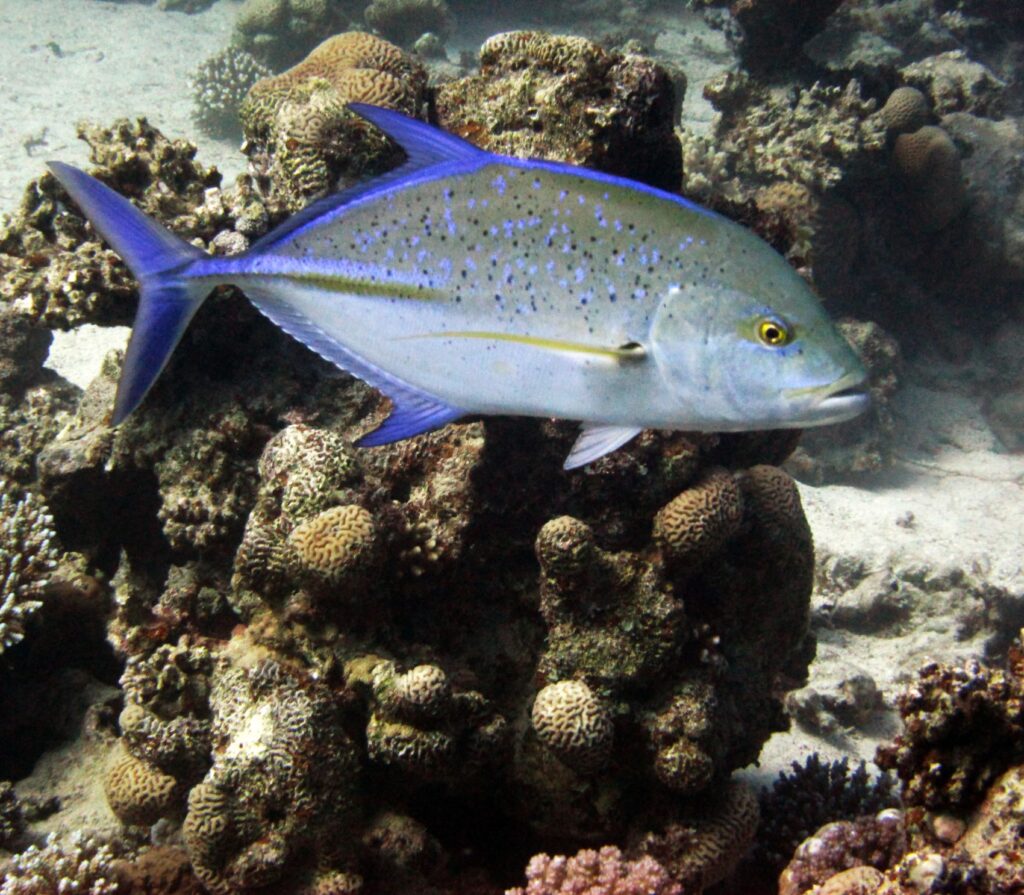
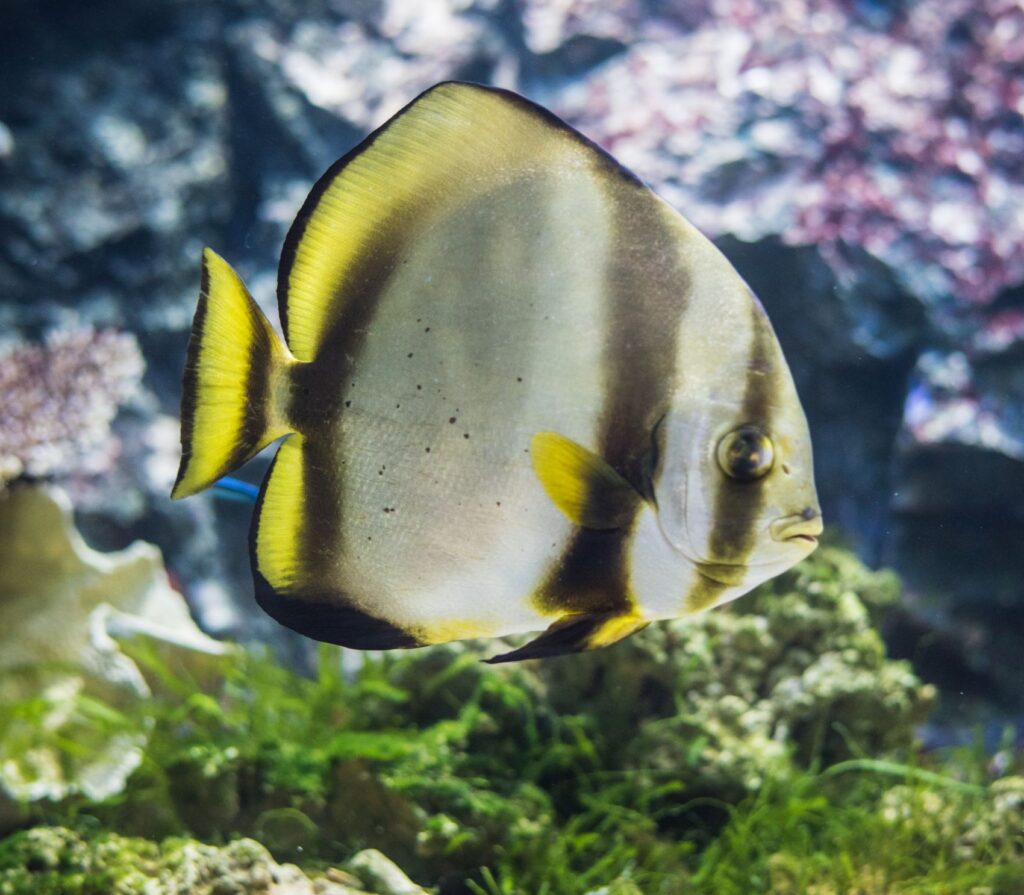

Hidden treasures waiting to be discovered.
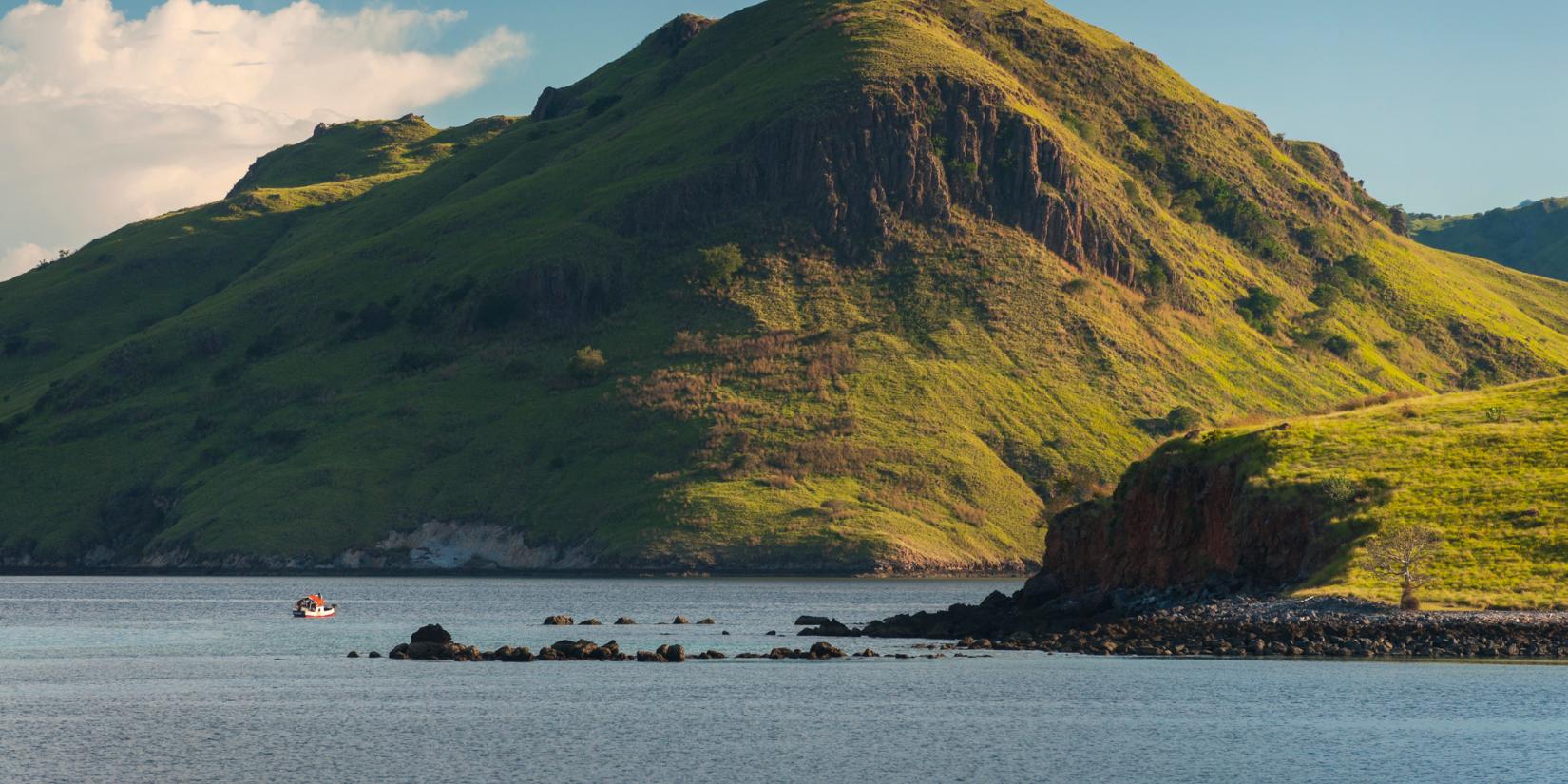
Komodo Island’s dive map hides more than it shows, secret sites like Cannibal Rock and Golden Passage offer raw beauty few divers see. At Cannibal Rock, geothermal seeps attract rhinopias and scorpionfish. Golden Passage rewards those who time slack tides with pygmy seahorses and golden gorgonians. For rare moments, dive End of the World or Secret Garden at dusk, where reef stories glow in the dark.
FAQ
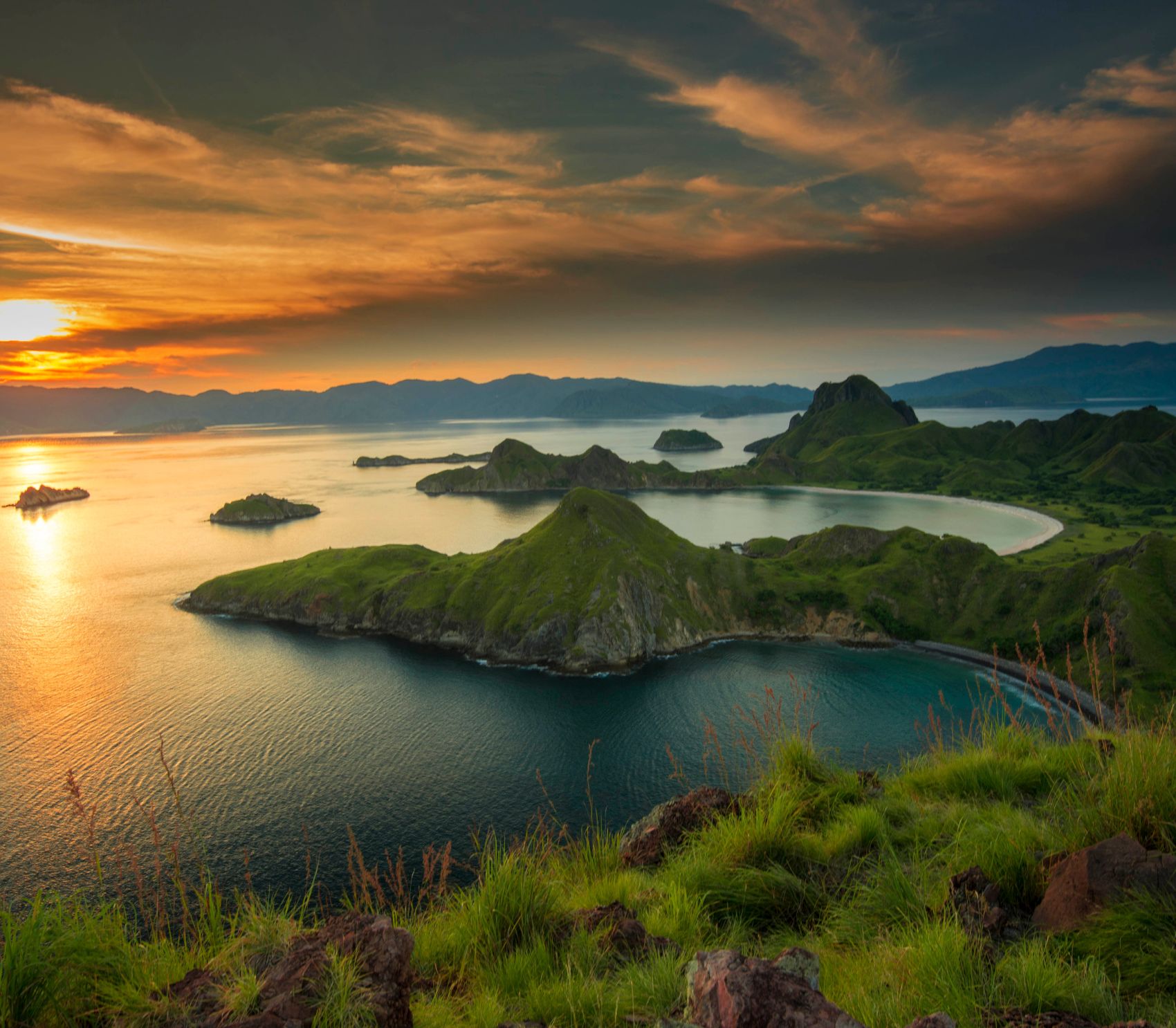
When is the best time for diving in Komodo National Park?
The best time to dive in Komodo is from April to November. This period offers the clearest water, up to 25m+. If you want to see manta rays, visit from December to February. But, be ready for stronger currents. January to March is the monsoon season. It’s less crowded, but the weather can be unpredictable.
What marine life can I see while diving Komodo Island?
Komodo’s waters are home to over 1,000 marine species. You can see everything from tiny blue-ringed octopi to huge manta rays. Batfish and reef sharks are common, especially at Batu Bolong. At night, dive sites like Mauan reveal flamboyant cuttlefish and pygmy seahorses.
Are Komodo dive sites suitable for beginners?
Yes, sites like Tatawa Besar are great for beginners. They have calmer waters. But sites like Cauldron are for more experienced divers. Always check with your operator, like Scuba Junkie Komodo, about the site’s difficulty level.
How do I reach Komodo’s best dive sites?
Fly into Labuan Bajo Airport (LBJ) to start your dive adventure. You can choose between liveaboard boats or day trips from shore. Liveaboards take you to remote sites like Wae Nilo. Land-based trips focus on central sites.
What makes Komodo Island diving dangerous?
The strong currents and sudden thermoclines can be dangerous. Always dive with a guide who knows the park’s tides. Sites like Batu Bolong require you to control your buoyancy well.
Can I combine dragon sightings with diving in Komodo?
Absolutely. Many operators offer trips to see dragons on Rinca Island before diving. Multi-day packages include dives and land tours.
What’s better for Komodo diving – liveaboard or day trips?
Liveaboards, like those from Waow Cruises, reach remote spots like Manta Alley. Day trips from Labuan Bajo are shorter. For a full dive experience, choose a 4-7 day liveaboard trip.
Do I need special gear for Komodo scuba diving?
Yes, reef hooks are needed for sites like Manta Point. Dive computers are recommended for managing depths at sites like Crystal Rock. Photographers should bring both macro and wide-angle lenses.
Where are Komodo’s top muck diving spots?
Mauan’s eastern coast is perfect for muck diving. Wae Nilo’s black sand slopes are home to mimic octopuses. Secret Garden’s seagrass beds hide ornate ghost pipefish. Night dives here show bobtail squid and Coleman shrimp.
How does Komodo’s diving compare to Raja Ampat or Bali?
Komodo offers Raja Ampat’s biodiversity but is closer to Bali. It has vibrant reefs and big fish, unlike Bali’s wreck dives. Its UNESCO status ensures protected ecosystems.
Your next adventure starts here.
After diving the wonders of Komodo, why not continue your journey across Indonesia’s top underwater destinations, like Bali, Nusa Penida, Lombok, or Sumbawa? If Sumbawa’s on your list, Mocean Beach Resort & Dive Center offers exclusive dive packages in quiet, crowd-free reefs. Heading elsewhere? We’re happy to share tips and recommendations to make your next dive adventure smooth, safe, and unforgettable.
